|
With the hot and humid weather that recently descended upon us, it seemed like a perfect time to open two styles of perfectly chilled Rieslings that I received as samples. I have posted several stories about Weingut St. Urbans-Hof, which is located in the Mosel Valley in the village of Leiwen. Their wines are quite aromatic, intense and terroir-driven. St. Urbans-Hof is considered one of Germany’s premier estates with 40 hectares of vineyards. It is the second largest family-owned and operated winery in the Mosel. Nicolaus Weis founded the winery in 1947 and his grandson Nik Weis has been owner and winemaker since 1997. The Mosel Valley has a continental climate with warm summers and long growing seasons that contribute to the ripening of the grapes, helping to create heightened flavors and low alcohol levels St. Urbans-Hof Estate Dry Riesling 2018 QbA QbA is an acronym for “Qualitätswein bestimmter Anbaugebiete,” which means a quality wine that comes entirely from one of the 13 designated wine regions in Germany and must abide by certain conditions. The grapes for this dry Riesling were selected from fifteen parcels surrounding the winery and many of the vines are 30 to 70 years old. According to Nik, “Old vines produce wines with a finer mineral structure. That mineral structure balances the acidity to a higher extent.” Over decades, the vine roots penetrate the slate bedrock containing minerals, all of which contribute to the uniqueness of the wine. This wine is made from 100% organically farmed Riesling grapes. The color is pale straw with alluring aromas of floral, honey, citrus and stone fruit. Honeysuckle, pear, citrus and peach tease the palate along with crisp acidity, slate notes and a hint of lemon zest on the finish. I could drink this wine all summer long! Serve as an aperitif or pair with light pasta, seafood, grilled fowl and vegetables. Alcohol: 12% SRP: $18 St. Urbans-Hof Estate Riesling QbA from Old Vines The Riesling grapes for this wine are harvested from two locations. The first location is the parcels surrounding the winery of which many of the vines are 30 to 70 years old. The Leiwen plots are a combination of sand, gravel and clay sedimentary soils. The second location is a 25-acre parcel in Wittingen, located in the Saar Valley. This location has red slate soil that contains iron oxide. The iron oxide tends to give the wines a smoky, spicy nose with good structure on the palate. Nik Weis said about the 2018 vintage, “It was very good, with good quality, ripeness and yields. The wines are already quite accessible and pleasant on the palate. They have a wonderfully silky mineral structure and full-bodied, juicy taste.” This is an off-dry wine that is pale lemon and has beautiful aromas of white flowers, pear, hints of citrus and minerality. The palate welcomes subtle sweetness that segues to crisp acidity and slate. In-between, flavors of citrus, grapefruit, nectarine and spice dance around the palate. It is a very refreshing and juicy wine. Serve as an aperitif or pair with light fare.
Alcohol: SRP: $18 These are great value wines to keep on hand for the warm summer days ahead! Until next time… Cheers! Penina To leave a comment or if you have an inquiry, please contact me at [email protected] Patricia Tóth was born and raised in Hungary, but when it comes to making wines, she is pure Sicilian! Patricia is head winemaker at Planeta, where she specializes in wines from the volcanic terroir of Etna. I had the pleasure of meeting Patricia at a Winemaker’s Luncheon a few weeks ago to discuss and taste the wines of Etna. Patricia is quite engaging and her enthusiasm and passion for winemaking are contagious. Patricia told us that she always wanted to be a veterinarian, but fortunately for wine enthusiasts, her love of science took her down another path. She said, “I applied my interest in microbiology and decided to study Food Sciences at the university.” Patricia earned a degree in Food Engineering with a specialty in Procedures of the Fermentation Industry (wine and spirit fermentation) from the Corvinus University of Budapest in 2004. After graduation, she traveled between Italy and Hungary working as a winemaker for wineries in Hungary, Friuli and Piemonte. Her first connection with Planeta was during the 2005 harvest. She officially joined Planeta’s winemaking team full time in 2009. Patricia has been living on Etna for the past six years where in her spare time she cares for her own four-acre vineyard, growing only white varieties such as Furmint and Riesling. However, as head winemaker at Planeta, Patricia’s days are quite full, not allowing much time for idle hours. She is in charge of production and startup for the organization of the new estates on Mount Etna and Capo Milazzo. Patricia is also responsible for the Buonivini and Dorilli Cellars and all the sustainable farming projects. Impressive, right? Planeta was founded in 1985, but its family history of agriculture and winemaking in Sicily spans five centuries and seventeen generations. As seen on the map below, Planeta has five estates spread out from east to west in Sicily. The first vines were planted at Ulmo in 1985 and by 2015 they established their 6th winery, La Baronia at Capo Milazzo. Mount Etna is located on the northeastern corner of Sicily. Planeta has 32 hectares here of which 28 hectares of vines are in production. The vineyards are located on 4 different slopes, each with a different altitude. The volcanic soil is rich in stones and minerals but can vary in quantity, dimension and soil depth on the different terraces. Patricia said, “Etna is a map of eruptions as pertains to soil and grapes.” As one ascends the mountain the volcanic soil tends to get richer and darker from the lava flow. Temperatures vary from one area of the volcano to another, with Alpine conditions at the top and typical Mediterranean climate descending the mountain. An active volcano that provides black volcanic soil along with cool climate growing conditions and plenty of sunshine makes Etna an ideal location for making crisp white and racy red wines. I asked Patricia if living and working on an active volcano was worrisome. Patricia said, “We are happier when there are small eruptions as opposed to being silent. If it were silent then the pressure would start to build and that is not good.” Planeta planted their first vineyard on Etna in 2008, located on the north side. The first grapes they planted were Nerello and Carricante vines. We tasted through seven wines during a six-course meal of Japanese cuisine. All the wines paired beautifully with the meal. Brut Metodo Classico Sicilia DOC NV is made with 100% Carricante, handpicked from their highest vineyard, Sciaranuova at 850 meters above sea level. Lovely floral and citrus aromas segue to a delicate palate of subtle fruit, citrus, green apple and stone fruit. This is a dry wine with a creamy mouthfeel. Alcohol: 12.5% SRP: $39.99 Etna Bianco DOC 2017 is 100% Carricante handpicked from the Montelaguardia vineyard at 690 -720 meters above sea level. Aromas of white flowers, citrus, and stone fruit give way to a juicy palate of stone fruit, yellow plum and a nice expression of acidity. Alcohol: 13% SRP: $30.99 Eruzione 1614 Carricante Sicilia DOC 2016 is 90% Carricante and 10% Riesling. The grapes are sourced from the Sciaranuova vineyard. Patricia noted, “The Carricante is more compact and sharp at the higher elevation.” Aromas of stone fruit, citrus, honeydew and tropical notes segue onto the palate with a boost of minerality and lemon zest. Alcohol: 13% SRP: $42.99 Etna Rossa DOC 2017 is 100% Nerello Mascalese. The grapes are harvested from Pietramarina vineyard at 510 meters above sea level. Cherry, strawberry and a hint of baking spice envelope the nose while the palate offers red fruit, raspberry and pomegranate. Hints of pepper dance with floral notes on the finish. This wine is smooth and well structured. Alcohol: 14% SRP: $30.99 Eruzione 1614 Nerello Mascalese Sicilia DOC 2016 is a blend of 91% Nerello Mascalese and 9% Nerello Cappuccio. The grapes are sourced from three vineyard locations representing different altitudes. This wine has a lovely bouquet of red fruit, cherry, herbs and roses. The palate offers ripe fruit, spice, floral and hints of vanilla and pepper on the finish. Alcohol: 14% SRP: $42.99 Nocera Sicilia DOC 2017 is 100% Nocera. The grapes are handpicked from La Baronia vineyard at an altitude of 30 meters above sea level. La Baronia is on Capo Milazzo in the province of Messina, which is surrounded by the sea. This is a marine red wine with engaging aromas of red berries, juicy cherries, plum and floral. The palate offers lush fruit, a hint of herbs, smooth tannins and a dash of salinity on the finish. Alcohol: 13.5% SRP: $30.99 Mamertino DOC 2016 is a blend of 60% Nero d’Avola and 40% Nocera. The grapes are handpicked from La Baronia vineyard. Aromas of dark cherry, red fruit and sweet spice are followed by a rich expression of dark and red fruit, cherry, blackberry, dark chocolate, espresso, spice and lively tannins enveloping the palate. Alcohol: 13.5% SRP: $35.99 All of the above wines are of good quality and express the uniqueness of Etna and its dark volcanic soils. They are definitely worth exploring!
When asked how the local winemakers are receiving the “influx” of bigger wineries making a home on Etna, Patricia replied, “The local winemakers need our expertise and connections. We need their experience with the land. We impart this to one another.” And in turn, Planeta and Patricia are providing us with an opportunity to enjoy their delicious wines! Until next time… Cheers! Penina To leave a comment or if you have an inquiry, please contact me at [email protected] With 250 indigenous grape varieties officially registered in Portugal and fourteen regional wine areas, there is much to explore and a lot of wine to taste. A few months ago I wrote about Alicante Bouschet, the signature red grape of the Alentejo region of Portugal. Today the spotlight is on Antão Vaz (ANT-ow VASH), the star white grape of this region. But before we dive into exploring this grape, let’s do a quick review of the Alentejo wine region. Portugal is divided into fourteen regional wine areas, each with its own unique geography and climate. The Alentejo wine region covers a third of Portugal in the southern half of the country and enjoys a Mediterranean climate. The wines produced here come in a range of styles, influenced by the diversity of the climate and soil. The soil of Alentejo varies throughout its eight sub-regions. In fact, it has the most diverse soil of any region in Portugal. Interspersed amongst the mountains, hills and valleys, one can find soil with clay, limestone, quartz, granite, schist, sandstone and marble. Most of the soils are non-calcareous, meaning they are neutral or more acidic. Alentejo has 51,000 acres of planted vines that enjoy 3000 hours of sunshine annually. More than 80% of the grapes grown here are red, but whites are gaining momentum, especially Antão Vaz. Antão Vaz is a large, thick-skinned grape that is disease resistant and also highly resistant to drought, which makes it well suited to the hot and sunny climate of Alentejo. When grapes are picked early, the wines tend to be light and quite aromatic with citrus notes and crisp acidity. If the grapes are left longer on the vine, the wines can reach higher levels of alcohol, making the wine suitable for barrel aging. Antão Vaz is quite versatile and is made in a wide range of styles. It can be made as a single varietal but is often blended with other native grapes such as Roupeiro, Arinto and Perrum. I recently received a selection of wines that show how multifaceted Antão Vaz is. Esporão Monte Velho White Blend 2017 Herdade do Esporão has 450 hectares of vineyards planted in key agricultural areas. For this wine, grapes were harvested throughout the region, resulting from a partnership with suppliers from the different sub-regions of Alentejo. Monte Velho is a blend of 40% Antão Vaz, 40% Roupeiro and 20% Perrum. The color is vibrant lemon with aromas of citrus, stone fruit and hints of green apple. White flowers, citrus notes and peach layer the palate. Crisp acidity and a beautiful mouthfeel add richness to this wine. It’s easy to drink and will pair with a variety of food. It’s perfect to serve with Asian cuisine. Alcohol: 14.5% SRP: $12 Herdade do Rocim Mariana Branco 2017 is a blend of 60% Antão Vaz 30% Arinto and 10% Alvarinho. The grapes were harvested from the sub-region of Vidigueira in the lower region of Alentejo where the climatic conditions are the most temperate. The wine color is light straw with a tinge of green. Delicate aromas of floral, peach and hints of mango segue onto the palate with tropical fruit and lemon. This is a refreshing wine with nice acidity and good structure. Serve with seafood, appetizers, light pasta and salad. Alcohol: 12.5% SRP: $13 Fitapreta Branco 2018 is a blend of Antão Vaz, Roupeiro, Rabo de Ovelha, Tamarez, Arinto and Alcante Branco. Grapes are harvested from the sub-region of Évora located in the interior of Alentejo, which experiences typical mild and warm Mediterranean weather with more rainfall in the winter. The batches of grapes are fermented separately so as to preserve their distinctive qualities and only blended post-fermentation. The color is pale lemon with aromas of floral, citrus, candied apple and hints of minerality. Citrus, honey, pear, tropical fruit and just the right amount of acidity on the palate makes for a very refreshing wine. Serve with seafood, light appetizers and salad. Alcohol: 13% SRP: $22 Herdade da Malhadinha Nova Antão Vaz da Peceguina 2016 is 100% Antão Vaz. Malhadinha Nova is situated in Albernoa, in the heart of lower Alentejo where the climatic conditions are the most temperate. The color of this wine is golden with lively aromas of tropical fruit, tangerine and honey. Subtle flavors of tropical fruit, citrus peel and an undefined mineral taste on the finish add to a fresh and well-structured wine. Try pairing with grilled fish and vegetables. Alcohol: 13% SRP: $25 The above wines are quite nice and they have piqued my interest in tasting barrel aged Antão Vaz. The barrel aged wines allow for the fruity characteristics of this variety to evolve and the texture becomes smoother as well. I’ll be sure to share my notes with you when I delve deeper into the versatility of Antão Vaz.
Until next time… Cheers! Penina To leave a comment or if you have an inquiry, please contact me at [email protected] Yes, I have written several stories about wines in a can. It seems that many wine producers are jumping on board with this concept. And, I must admit I have sampled some very good wines in non-glass, all aluminum containers. They are lightweight, convenient to pack in picnic baskets, take to outdoor concerts and serve at barbeques and pool parties. Recently delivered to me were samples of Butternut Chardonnay and Rosé in a can. BNA Wine Group produces Butternut Wines. The company is headquartered in Nashville, Tennessee with a presence and partnerships in Napa Valley, CA. BNA Wine Group, founded in 2011, is comprised of three creative men each bringing their own unique talent to the table. They are fourth generation wine distributor John Hooper, second-generation winemaker Tony Leonardi and industry veteran Gary Carr. Their mantra is “discover the right vineyards, retain the natural characters in the grape, coax the best wine into the bottle and then offer the resulting wine at a great value.” I asked what BNA stands for, as it clearly has nothing to do with the names of the trio. BNA is the airport code for Nashville where all three made their connection…no pun intended! All the grapes for Butternut wines are sourced and produced in CA. The grapes are picked in September and early October contingent upon vineyard location and vintage and then immediately brought to the winery for production. I asked Tony to elaborate a bit on the wine production. He said, “Once primary fermentation is complete, or close to being complete, we then inoculate the wine with malolactic cultures. All of our Chardonnays go through 100% malolactic fermentation, but to balance the wine out we also like nice, crisp acidity. Our wine in bottles get 100% new French oak but the canned wines get just a small amount of oak. There is a lot less oxygen in the cans to help interact with the oak undertones. In the cans, oak seems to control aromas and flavors and blocks the freshness of the Chardonnay. We use minimal amounts of sulfur and try to keep the wines as varietally correct as possible.” Butternut Chardonnay is 100% Chardonnay with grapes sourced from California. The color of the wine is pale yellow with lovely aromas of floral, citrus, peach and Honeycrisp apples that segue onto the palate with hints of melon and a creamy mouthfeel. It is nicely balanced with acidity showing through. Alcohol: 13.9% SRP: $6.99 for a 375ml can Butternut Rosé is a blend of 50% Tempranillo and 50% Syrah. Grapes are sourced from the Central Coast of California. The color is dark salmon, bordering on orange. Aromas of floral, honeydew and citrus are subtle and the palate explodes with flavors of raspberry, tangerine, strawberry, red ruby grapefruit and crisp acidity. It is quite refreshing! Alcohol: 11.9% SRP: $6.99 for a 375ml can Butternut wines offer several varietals sourced from vineyards throughout California. Chardonnay, Rosé, and Pinot Noir are available in the can or by the bottle. BNA’s other brand, Humble Pie, offers Cabernet Sauvignon by the bottle only.
These wines are definitely worth checking out! Until next time… Cheers! Penina To leave a comment or if you have an inquiry, please contact me at [email protected] With the onset of summer, spending time outdoors is a must for me. In addition to swimming and hiking, I like to make the most of the warm weather preferring to dine outside when possible. The sunsets and cool evenings with wine or cocktail in hand are blissful. Having lived in Miami Beach for many years I literally sweated out the summer months. Being young and unsophisticated when it came to drinking wine and spirits, we would get quite creative with hot weather alcoholic drinks. One of my favorite concoctions back then was making homemade chocolate chip ice cream and then putting it in a blender with vodka, and pouring it into a well-chilled glass. Had I been more cognizant of sparkling wines and their versatility as an ingredient in cocktails, my drinks would have undoubtedly been much lighter, less fattening and lower in alcohol. I was young though and hadn’t begun to really explore the world of wine and spirits. Fortunately, since my Miami Beach days, I’ve moved on from ice cream and vodka to more interesting and tastier options to quench my summer thirst. A very popular and light alcoholic beverage is the Spritz, traditionally made with sparkling wine, an aperitif such as Aperol or Campari and a splash of soda water. The Spritz is refreshing and a great “warm weather” drink. Another creative and delicious Spritz is one made with TrentoDOC and Disaronno. I received these bottles as samples, along with a cocktail recipe. It was easy to make and quite delicious, proving that one doesn’t have to stick to tradition. Think outside the box and have some fun! The Really Italian Spritz 2 oz Disaronno 1 oz Fresh Lemon Juice Top with TrentoDOC Pour ingredients in a chilled flute and gently stir Cantina d’Isera 1907 Brut Trentodoc is 100% Chardonnay with delicate aromas of soft stone fruit and bread dough. Fine bubbles, bright acidity and stone fruit continue onto the palate. Serve as an aperitif or make your favorite spritz with it. Disaronno is a liqueur made in Italy with a very distinct aroma and taste of almonds called Armelline (the seeds of apricot stone), sweet fruit, Madagascar vanilla and pure caramelized sugar. Disaronno takes the lead in any mixed drink. It is refreshing to serve over ice as well. In stories past, I’ve shared unusual and very tasty cocktail recipes that are great to serve year round but are especially nice in warm weather. Just in case you missed the stories, here are a few fun cocktail recipes to make. Dirty French Cognac cocktail (Courtesy of Camus Cognac) Alambre Burbalas (Courtesy of Aldea Restaurant and José Maria da Fonseca) 1.5oz Alambre Moscatel 1 round of orange 2 dashes Angostura bitters .5 bar spoon honey 2oz dry sparkling wine Combine Alambre, honey, orange and bitters in mixing vessel, muddle lightly to express the orange into the combination Add ice and stir to chill and combine flavors Strain into wine glass Add dry sparkling wine Garnish with Orange rind Tequila Sunrise Supposedly, this cocktail was created by Gene Sulit in the 1930s or 1940s and was first served at the Arizona Biltmore Hotel. The original recipe contained tequila, crème de cassis, lime juice and soda water. In the 1970s Bobby Lazoff and Billy Rice of Sausalito, CA created a more modern version with tequila, orange juice and grenadine. It seems that Mick Jagger tried a Tequila Sunrise in 1972 during his American tour and liked it so much that he started ordering them all over America. Here is the recipe: 2.5 oz tequila 5 oz orange juice 1 tsp of grenadine Ice cubes Vodka Sunset This is my version of Tequila Sunrise because I enjoy drinking cocktails at sunset! The recipe is simple; mix vodka with fresh orange juice and pure pomegranate juice.
Serve over ice. The next time you’re craving a refreshing, and light cocktail, grab a bottle of sparkling wine and add a liqueur to it. Be adventurous, creative and enjoy! Until next time… Cheers! Penina To leave a comment or if you have an inquiry, please contact me at [email protected] When serving Tuscan wines, thoughts usually turn to pairing them with Italian food and hearty fare. Ladies and gentlemen, it’s time to think outside the box when drinking these wines. Countess Beatrice Contini Bonacossi, (“Bea” for short) family proprietor of Tenuta di Capezzana certainly thought beyond Italian food as she guided us through a tasting of her wines at Hakkasan, a Cantonese restaurant in New York City. Capezzana, established in 804 is Tuscany’s oldest wine producing estate located in the northwest corner of Tuscany in Italy’s smallest appellation called Carmignano. Carmignano was formally recognized as a wine-producing appellation in 1716 along with its famous neighbor, Chianti. Sangiovese is the primary grape for both appellations. Unlike Chianti, Carmignano is lesser known but is rich in wine history dating back about 3,000 years ago in the pre-Roman era. Capezzana was once home to the Medici family. During the 16th century when Catherine de’ Medici married King Henry of France, she had Cabernet Sauvignon vines imported to the Capezzana vineyards, making it the first Italian planting site of French Cabernet Sauvignon. In 1920, Count Alessandro Contini Bonacossi purchased Capezzana and it has remained in the family ever since. Alessandro’s grandson Ugo was instrumental in establishing Carmignano’s own DOC in 1975 and DOCG in 1990. Today, Capezzana produces over 50% of all DOCG Carmignano, a wine made primarily with Sangiovese and small amounts of Cabernet Sauvignon and other local varieties. The estate has 247 acres of vineyards and 356 acres of olive groves. Bea said, “ We have 30,000 olive tree, some are fifty years old.” Now in its fourth and fifth generation, three of Ugo’s seven children are part of the day-to-day operations. Bea is proprietor and global ambassador, Filippo is head of the winery’s finances and olive oil production and Benedetta is the winemaker. Their brother Vittorio who passed away in 2012 was an integral part of the winery and began working with his father at the age of 18. He became an agronomist who eventually took over the management of the company, the vineyards and olive groves. Capezzana has a unique climate due to its location being in close proximity to the Apennine Mountain range. As Bea described it, “We have a special microclimate, with warm summer days and cool breezes in the early evening. There are no sea influences due to the mountains. The winds carry moisture to the vineyards.” And as for the soil, Bea explained, “We have a diversity of soil, one can find 3 to 4 different soils in one vineyard.” Soil types are typically clay, sand and schist. 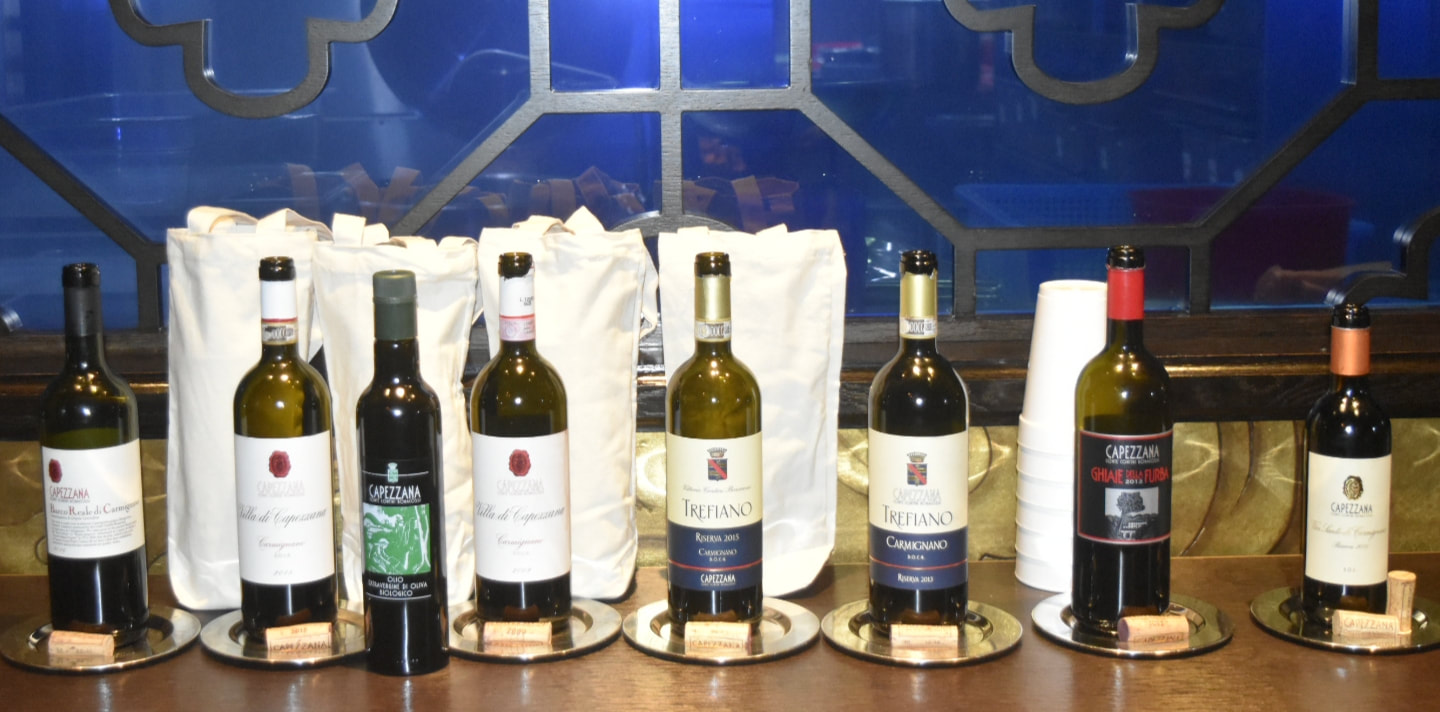 Vittorio’s wish was for all of Carmignano to become organic, so he began the process in 2008 with Capezzana. Through his determination and passion, Capezzana became fully organic and was granted organic certification beginning with the 2015 vintage. It was the first certified organic commercial winery in Carmignano. Bea stated, “I hope my brother’s dream comes true for all of Carmignano to become organic one day. It is at 50% now.” We began our exploration of the estate’s wines with a sample of their organic olive oil. The olive oil was poured into small cups and Bea showed us how to taste it. We put our hand over the top of the cup and swirled it to release the aromas. Then after breathing in the aromas, we were supposed to “slurp” a mouthful and inhale nosily in order to heighten the flavors. I don’t think anyone was very demonstrative with slurping! Organic Extra Virgin Olive Oil 2018 is a blend of 60% Moraiolo, 30% Frantoio, 5% Leccino and 5% Pendolino olives. The olive oil is superb. It has fruity and earthy aromas with a hint of artichokes. The palate offers light fruit balanced with a touch of pepper and nuttiness. This is an elegant olive oil that can be drizzled on anything. It is light enough to enhance the food but not overpower it. SRP: $38 Next, we tasted a stellar lineup of red wines served with a selection of delicious appetizers and main dishes. And I must say that all the wines complemented each course. Barco Reale di Carmignano DOC 2016 is a new vintage release made with 80% Sangiovese, 15% Cabernet Sauvignon, 10% Canaiolo, 5% Cabernet Franc. The wine is aged for 12 months in Allier barrels and then rests for a minimum of 3 months in the bottle prior to release. This is a fresh and youthful wine with intense aromas of dark cherry, berries and a hint of baking spice. It has lots of fruit on the palate with blackberry and dark cherry lingering on the finish. Nicely balanced with soft tannins. Alcohol: 13.5% SRP: $17 Villa di Capezzana DOCG 2015 is a blend of 80% Sangiovese and 20% Cabernet Sauvignon. The wine is aged in barrique and tonneaux for 12 months and then rests in the bottle for a minimum of 12 months. It has lovely aromas of floral mixed with red and dark fruit and hints of spice. The palate offers lush fruit, anisette and spice. Although this is an intense wine, it is fresh with structured tannins and a lengthy finish. Alcohol: 14% SRP: $27 Villa di Capezzana DOCG 2009 is a blend of 80% Sangiovese and 20% Cabernet Sauvignon. The wine is aged in barrique and tonneaux for 12 months and then rests in the bottle for a minimum of 12 months. This wine is rich and well structured with concentrated dark fruit both on the nose and palate. Licorice, dark chocolate and spice continue onto a long finish. Silky tannins and balanced acidity add to the richness of this wine. Alcohol: 14% SRP: $65 Trefiano Riserva DOCG 2015 is a blend of 80% Sangiovese, 10% Cabernet Sauvignon and 10% Canaiolo. The wine is aged in barrique and half new and half old tonneaux for 18 months, then rests for at least 24 months in the bottle prior to release. This is the estate’s first organic vintage. Bea said, “To honor my brother Vittorio, his name is on the bottle.” The wine has a lovely bouquet of ripe dark berries, cherry, plum and hints of pepper. Concentrated layers of ripe fruit, hints of herbs, pepper, spice and espresso envelop the palate. It is an elegant wine that is beautifully balanced. Alcohol: 14% SRP: $55 Trefiano Riserva DOCG 2013 is a blend of 80% Sangiovese, 10% Cabernet Sauvignon and 10% Canaiolo. The wine is aged in barrique and half new and half old tonneaux for 18 months, then rests for at least 24 months in the bottle prior to release. A powerful bouquet of dark and red fruit, spice and dark chocolate set the stage for a concentration of rich dark fruit led by black cherry, plum and spice. This wine is silkier than the 2015 vintage, but all the elements remain. Alcohol: 14% SRP: $55 Ghiaie Della Furba IGT 2012 is a Bordeaux-style blend made with 50% Cabernet Sauvignon, 30% Syrah and 20% Merlot. Bea said, “My father decided he wanted to make an innovative wine.” The wine was first created in 1979 by Ugo and Vittorio and was a blend of Cabernet Sauvignon, Cabernet Franc and Merlot. The blend was modified in 1998 with the addition of Syrah and today the blend is as above. The wine is aged in barrique for15 months, followed by a minimum of 12 months in bottle prior to release. Aromas of red fruit, cherry tobacco, spice and herbs are enticing. The palate offers dark and succulent fruit mixed with hints of fennel and spice. It is structured and well balanced with a long silky finish. Alcohol: 14% SRP: $60 And lastly, an elegant dessert wine was poured. Vin Santo Riserva DOC 2011 is a blend of 90% Trebbiano and 10% San Colombano. The grapes are dried through natural methods on cane matting from harvest through to the following February and then vinified in traditional small chestnut, maple and cherry casks. The wine is aged for five years and in bottle for a minimum of 3 months. Bea said, “It is a wine that doesn’t follow any pattern or rule. It is my child.” Heady aromas of perfume, almonds and candied fruit spill onto the palate with added notes of fig, spice and orange zest. This is a sweet and decadent wine that pairs well with desserts and aged cheeses. Alcohol: 14.5% SRP: $55 In addition to producing elegant and expressive wines that have finesse and structure, Capezzana also has a cooking school and wine bar on the premises. It is an “all in the family” venture.
I would like to leave you with a quote taken from Capezzana website. “The taste of the area of origin is the thing that interests us most to carry on, that is the scent of the land that enters, unique and unparalleled in our wines.” Until next time… Cheers! Penina To leave a comment or if you have an inquiry, please contact me at [email protected] It might have been an overcast and drizzly day in Manhattan, but in the upstairs private dining room at Aldea, a Portuguese restaurant, the mood was anything but somber. A few wine writers had gathered to meet the very charismatic and engaging Domingos Soares Franco. If you don’t know his name, then you should! Domingos is co-owner and senior winemaker at José Maria da Fonseca, a historic family-run winery in Portugal. Domingos along with his brother is part of the sixth generation to run this winery and the seventh generation is now joining the ranks. Domingos holds the distinction of being the first Portuguese national to graduate with a degree in Fermentation Sciences (Viticulture and Oenology) from the University of California, Davis in 1981. As he put it, “in the 1970s there were no wine schools in Portugal or nearby, so I went to America to learn.” In addition to the knowledge he acquired from being part of one of the oldest and most prestigious wineries in Portugal, he returned from America with a newfound insight that influenced his approach to vine growing and winemaking. He combines Portuguese tradition with a dash of modern thrown in. Domingos currently works with 30 grape varieties and enjoys seeking out varieties and blends that will appeal to the consumer. With a twinkle in his eyes, he said: “It’s a secret as to how I judge if a wine will make the consumer happy.” José Maria da Fonseca was established in 1834 and is one of Portugal’s most historic wine producers. Its headquarters are in Azeitão on the Setúbal Peninsula. It is the 4th largest winery in Portugal with more than 650 hectares of vineyards containing a collection of Portugal’s top local varieties. Their vineyards are located in several wine regions around Portugal that include Douro, Vinho Verde, Alentejo, Dao and Setúbal. The Fernandes Soares Franco winery located in Azeitão is a state of the art winery that was established in 1999. The winery is entirely computerized and has a 6.5 million-liter capacity with 513 vinification tanks, including traditional presses that date back to the 20th century. The six-member winemaking team is made up of two women and four men with Domingos at the helm. Domingos admits, “I wish we had more women winemakers. Women have a much more sensitive nose”. The team works closely together engaging in research studies, experiments and innovation. Domingos is always present for the blending sessions and he still makes the blends. We began our luncheon with a special cocktail called Alambre Burbujas made with a perfect blend of Alambre Muscatel, dry Sparkling wine, honey and bitters. It was heavenly and a must serve for the summer days ahead. Here is the recipe: Alambre Burbujas 1.5oz Alambre Moscatel 1 round of orange 2 dashes Angostura bitters .5 bar spoon honey 2oz dry sparkling wine Build: Combine Alambre, honey, orange and bitters in mixing vessel, muddle lightly to express the orange into the combination Add ice and stir to chill and combine flavors Strain into wine glass Add dry sparkling wine Garnish with Orange rind We tasted through five wines over a three-course meal. The first two wines were 2017 vintages. Domingos said, “2017 was a strange season with lots of rain and heat waves, but it was our best harvest in sixty years.” José de Sousa 2017 Region: Alentejo The José de Sousa Rosado Fernandez Cellar, which was founded in 1878, was purchased by José Maria da Fonseca in 1986, fulfilling their dream to produce wine in Alentejo. In keeping with a 2000-year-old Roman tradition, an ancient fermentation method takes place in ceramic amphorae (also called Talha winemaking). The José de Sousa Cellar owns 126 of these pots. Alentejo is well known for making Talha wines and it is part of the wine culture here. For the José de Sousa 2017, a small portion of the wine is fermented in the clay amphorae followed by 9 months of resting in French and American oak casks. The remainder of wine is fermented in stainless steel tanks. The wine is a blend of 58% Grand Noir, 22% Trincadeira and 20% Aragonês all harvested from the Alentejo region. The color is deep red with succulent aromas of dark fruit and spices. Concentrated flavors of rich and juicy fruit, cherry, spice, licorice, firm tannins, nice acidity and a hint of vanilla permeate the palate. Alcohol: 14.5% SRP: $19.99 Periquita Reserva 2017 Region: Setúbal Peninsula José Maria da Fonseca holds the prestige of being the first ever to bottle wine in Portugal. In 1850 the Periquita brand, a Castelão based dry wine was the first bottled wine released from the estate. Periquita Reserva 2017 is a blend of 56% Castelão, 22% Touriga Nacional and 22% Touriga Francesa. The wine is aged for 8 months in French and American new and used oak. Domingos explained that about 80% is new oak in order to give the wine a bit more vanilla. The color is ruby with aromas of red berries, strawberry, cherry, spice and vanilla that segue onto the palate with plum, dark cherry and hints of anise. This wine is beautifully balanced with good acidity and soft tannins. Alcohol: 13% SRP: $14.99 Domini Plus 2015 Region: Douro Sub-Region: Douro Superior This wine is a blend of 96% Touriga Francesa and 4% Touriga Nacional. Grapes were harvested from a combination of old and new vines in vineyards that span 37 acres in Douro Superior. The wine is aged for 10 months in new French oak casks. This wine has a deep ruby color and inviting aromas of floral, dark berries, anise and hints of tobacco. The palate is layered with dense dark fruit, earth, spice and a touch of minerality. This is another easy drinking wine that has richness to it with good acidity and smooth tannins. Alcohol: 13.9% SRP: $44.99 This is a nice selection of easy drinking red blends that capture the expression of the land. As Domingos says, “I look for elegant wines, not blockbusters or powerful and oaked.” All three red wines paired beautifully with my main course of Sea scallops with morel mushrooms and spring green garlic. Before I dive into the dessert wine, let me give you a brief history of the estate’s Alambre Moscatel. Setúbal Moscatel is a fortified dessert wine produced in the Setúbal Peninsula that was recognized as a D.O.C. in 1907. The name Alambre was taken from the estate where José Maria da Fonseca first planted the Moscatel grape variety. The name also refers to the wine’s amber color. Alambre 20 Years D.O.C Moscatel de Setúbal is made from 100% Moscatel de Setúbal. It is a blend of 19 vintages with the youngest wine being at least 20 years old and the oldest close to 80 years old. The wine is aged in used oak with no bottle aging required due to natural oxidation. This is a beautiful fortified wine that is delightfully light and filled with pleasant acidity and flavors of candied orange, dried fruit and hazelnuts. It is a delicious treat for the palate! Alcohol: 18.4% SRP: $69.00 Alambre 40 Years D.O.C Moscatel de Setúbal is made from 100% Moscatel de Setúbal. The age for this blend varies between 40 and 50 years and the best lots were selected for the production of this wine. The wine is aged in used oak with no bottle aging required due to natural oxidation. The color is dark amber with seductive aromas of floral, dried fruit and honey. Dried apricot, orange, honey, toasted nuts and a hint of baking spice explode onto the palate. It is quite amazing! Alcohol: 18.7% SRP: $149.99 Before our luncheon came to an end, Domingos took out a vial filled with a very dark liquid. Domingos said it contained a vintage of Moscatel de Setúbal made in 1918. He shared it with us in celebration of his father who would have turned 100 years old in 2019. We were each treated to a magical thimble full of the wine. It was “manna from heaven!” Photo credit: Penny Weiss Domingos will be celebrating a personal milestone in 2020, which will mark his 40th harvest! Bravo! José Maria da Fonseca is known for its impressive portfolio of Premium, Super Premium and fortified wines. All of their wines are of high quality with many at an affordable price. Having met Domingos and sampled his wines, I can truly attest that the wines are made with care, dedication and passion.
Until next time… Cheers! Penina To leave a comment or if you have an inquiry, please contact me at [email protected] It’s springtime and everyone is opening up bottles of white, rosé and sparkling wines to celebrate the warm weather and Mother’s Day this weekend! I, on the other hand, opened a bottle of red wine to sate my curiosity and palate! In 2014, I opened one of two bottles of 1997 Estancia Meritage Alexander Valley that I had tucked away in my cellar. It was quite good considering how old it was so I decided to wait a year or two before opening the second bottle. However, I forgot all about the wine until I stumbled upon it today while looking for another wine. I never intended to wait this long before opening it and now I wasn’t sure what I would find after 22 years had passed since the grapes were harvested. Alexander Valley appellation is at the northern end of Sonoma County and is home to many microclimates, but overall a Mediterranean climate dominates the region. Elevations range from 400 to 2500 feet and soils are rocky and diverse. Cabernet Sauvignon and Chardonnay are the most widely planted grapes here, but many other varieties such as Zinfandel, Merlot, Pinot Noir, Riesling and Sauvignon Blanc also grow in this appellation. Estancia Meritage Alexander Valley 1997 is a Bordeaux-style blend of 59% Cabernet Sauvignon, 30% Merlot and 11% Cabernet Franc. The wine is aged in American oak for 20 months, of which 57% is new oak. I was not surprised that the cork decided to crumble when trying to remove it, so I decanted the wine through a strainer. I was happy to see that the wine was a rich garnet color with encouraging fruit aromas as I decanted it. Luscious aromas of dark cherry, black plum, earth and hints of spice greeted me. My palate was treated to a surprising amount of fruit, spice, dried cranberry, fennel and pepper. The wine was silky with a soft but lengthy finish. Wow! This wine may be past its best, but it is still very drinkable and I am impressed! This was quite a treat! The back label has a quote from David Perata, Alexander Valley Vineyard Master. "This Bordeaux-style blend is a sophisticated and elegant expression of the highest quality fruit from the Alexander Valley." Yes, indeed! Alcohol: 13.5% And now on to the rosés and sparkling wines to celebrate Mother’s Day!
Until next time… Cheers! Penina To leave a comment or if you have an inquiry, please contact me at [email protected] Celebrating wines and their regions has become a “thing”. And, I’m all for it! For those who may not be familiar with a particular wine grape or region, this is a great way to introduce them. And for aficionados, it’s a wonderful excuse to pop open a bottle to join in on the celebration. But, whom am I kidding; I never need an excuse to drink wine! May 9th is National Moscato Day. The Gallo Family Vineyards created National Moscato Day in 2012 to help promote and celebrate this popular wine. Moscato is the Italian word for Muscat Blanc, which is considered one of the oldest wine grapes in the world. Moscato originated in the Piedmont region of northwestern Italy in the Moscato d’Asti appellation, which earned its DOCG status in 1993. Being such an ancient grape, Muscat can be found throughout the world but is best associated with Italy. Moscato is known for its sweet flavors such as orange blossom, peaches, honeysuckle, lemon and light alcohol content. It comes in a variety of styles from still to semi-sparkling and sparkling. To help celebrate National Moscato Day, Castello del Poggio sent me a bottle of their Moscato wine to taste. Castello del Poggio was established in 1706, and is located in the Monferrato area in the Province of Asti in Piedmont. The property has 430 acres of which 390 acres are dedicated to vineyards. The climate is mild continental with calcium rich clay and alluvial gravel soil. Castello del Poggio Moscato IGT is pale yellow with heavenly aromas of peach, honeysuckle and citrus. The palate offers a semi-sweet wine with slight effervescence and gentle flavors of peach, honey, apricot and a hint of pear. The acidity balances the sweetness making it a very pleasant wine to drink. Sip as an aperitif or pair with spicy food, cheese and dessert. Alcohol: 7% SRP: $12.99 Join in the fun on May 9th and pour yourself and friends a glass of Moscato wine! Have a happy National Moscato Day! Until next time…
Cheers! Penina To leave a comment or if you have an inquiry, please contact me at [email protected] The infinite monkey theorem is an old mathematical theorem that states “a monkey hitting keys at random on a typewriter keyboard for an infinite amount of time will almost surely type a given text, such as the complete works of William Shakespeare.” The Infinite Monkey Theorem winery was named after the above theorem. As Ben Parsons, founder and winemaker said, “it’s all about creating order out of a chaotic system. Given an infinite amount of time, anything and everything is possible.” IMT, an urban winery, was founded in 2008 and is located in a 15,000 square foot warehouse in the River North Art District of downtown Denver, Colorado. The grapes are sourced mostly from the western slopes of Colorado at an elevation of 4,500 feet. Late spring frosts, hail storms and harsh winters are part of the “chaos” that must be dealt with. I asked Ben what his biggest challenge was and he replied, “The biggest challenges are mitigating the risk of late spring frosts and this is achieved by pruning late and/or going through and pruning twice.” Once harvested, the grapes are immediately refrigerated and then driven through the mountains to the winery for production, bottling and canning. According to Ben, “there are an infinite number of variables at play, decisions to be made and possible outcomes. It is the job of our team to create order out of this inherently chaotic system as we craft our ridiculously good wine.” I recently received several samples of IMT’s “ridiculously good wine” with its eye-catching packaging. IMT Cabernet Franc 2017 is 100% Cabernet Franc with a very dark ruby color. Delectable aromas of strawberry, violet, bay leaf and baking spices set the stage for a palate filled with strawberry, pomegranate, plum, vanilla and pepper. Juicy fruits linger on a long finish with medium tannins and fresh acidity. This wine is food-friendly and can be paired with an array of food including appetizers, meat, salads and fish. Alcohol: 12.9% SRP: $30 IMT was the first winery in the United States to put wine in 8.4 oz. cans. They took into account the active outdoor lifestyle all around them and felt that consumers would appreciate the convenience of wine in a can. A variety of flavors and styles are available in easy to transport 4-packs. Bellini Wine Cocktail is a blend of Riesling and Palisade Peach juice. The color is soft lemon with refreshing flavors of light peach and citrus and is lightly carbonated with just the right amount of acidity. Alcohol: 12.8% SRP: $14.99/4-pack Bubble Universe is made with Riesling and is another lightly carbonated wine. The nose offers floral, citrus and granny smith apples that segue onto the palate to blend with a tart but refreshing and zesty acidity. Alcohol: 12.2% SRP: $14.99/4-pack IMT also has another 6,000 square foot urban winery located in the South Congress District of Austin, Texas. The grapes for this winery are mostly sourced from the High Plains of Texas. In addition to the wineries, they have taprooms in Fort Collins, Stapleton and Austin, with another opening soon in Dallas.
Infinite Monkey Theorem wines are available throughout the U.S. and can also be purchased on their website. https://theinfinitemonkeytheorem.com Until next time… Cheers! Penina To leave a comment or if you have an inquiry, please contact me at [email protected] |
Categories
All
|
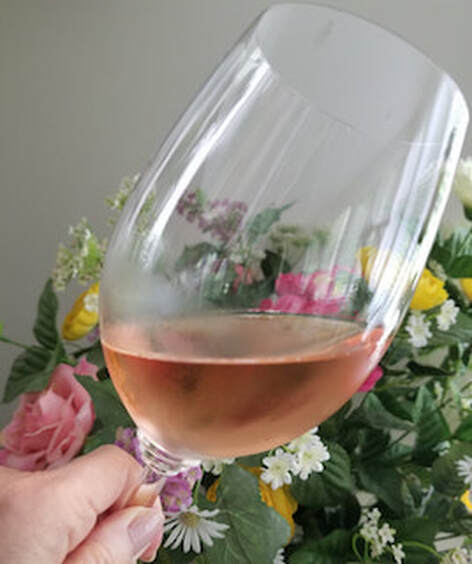
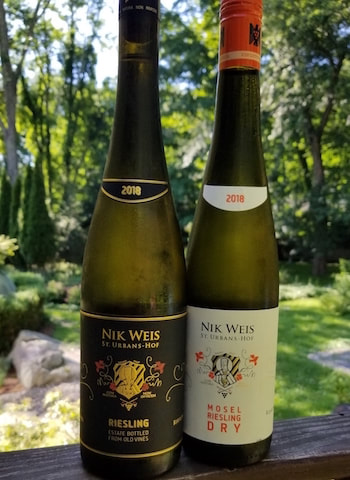
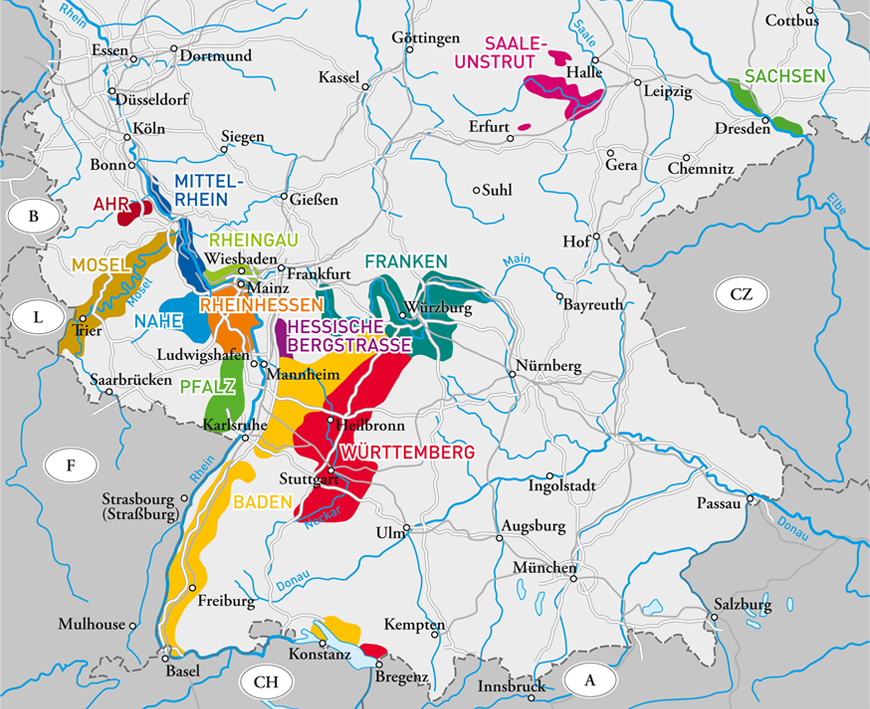
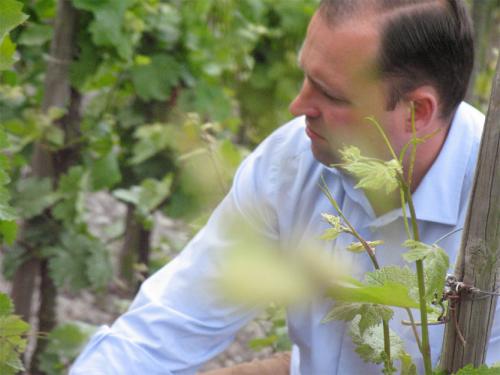
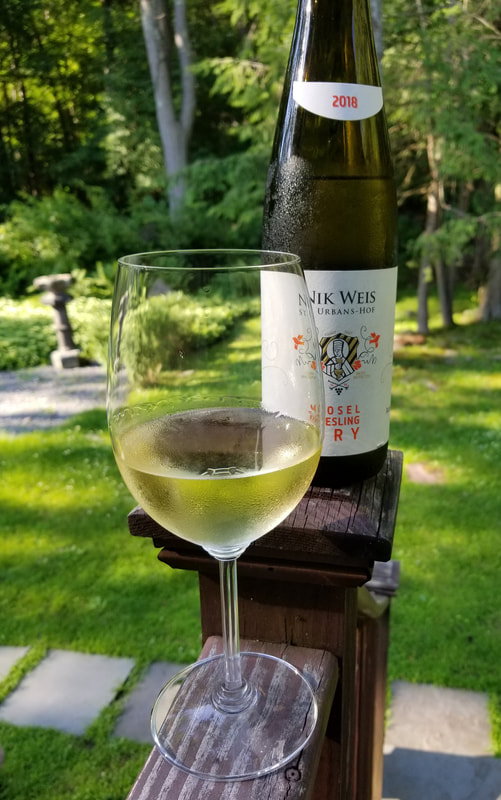
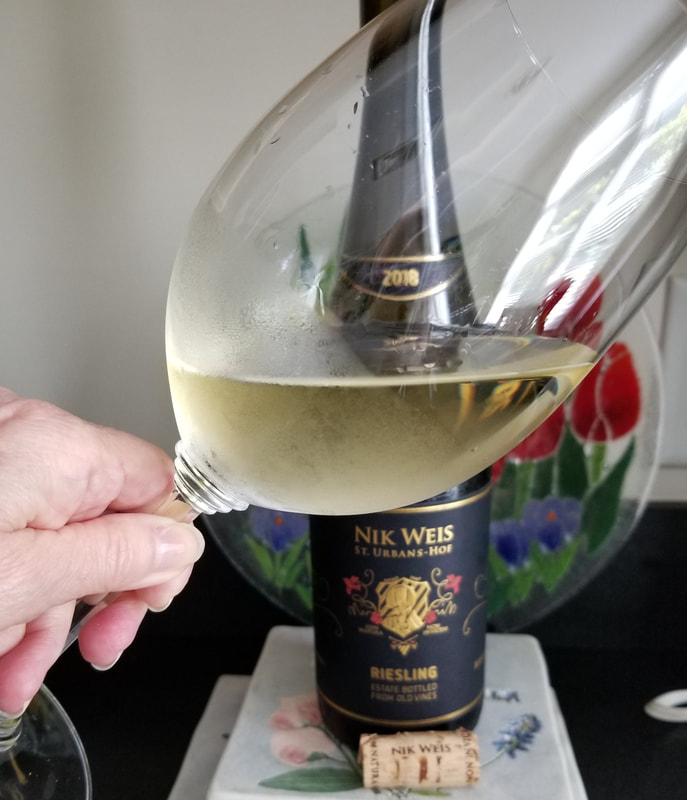
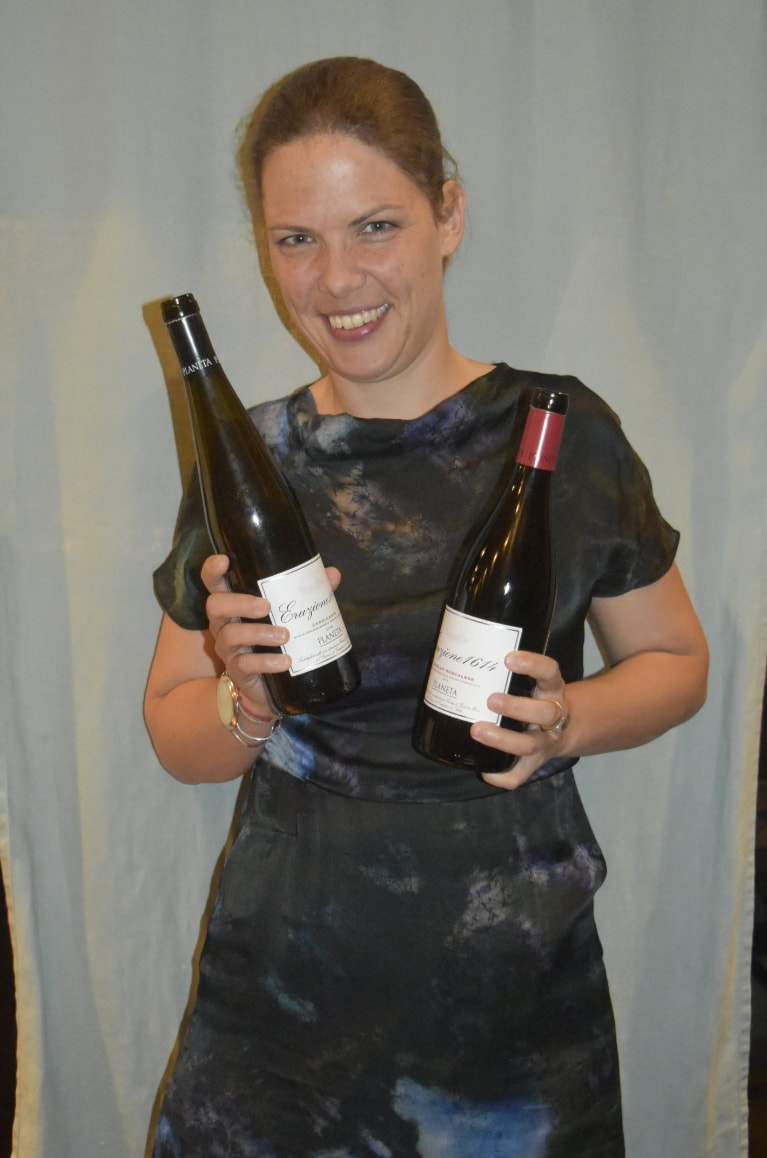
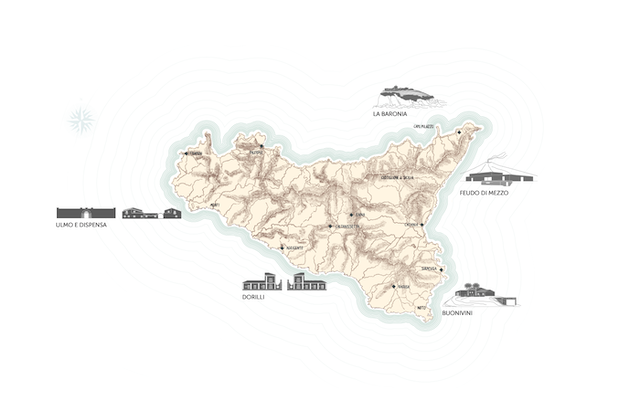
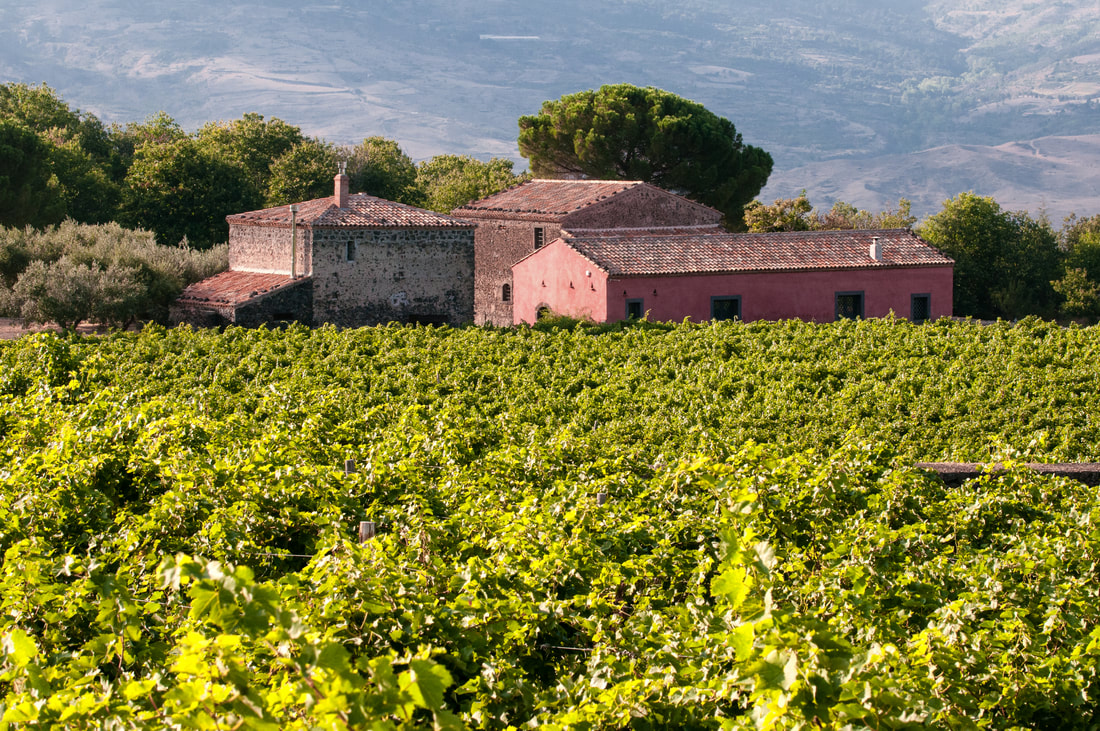
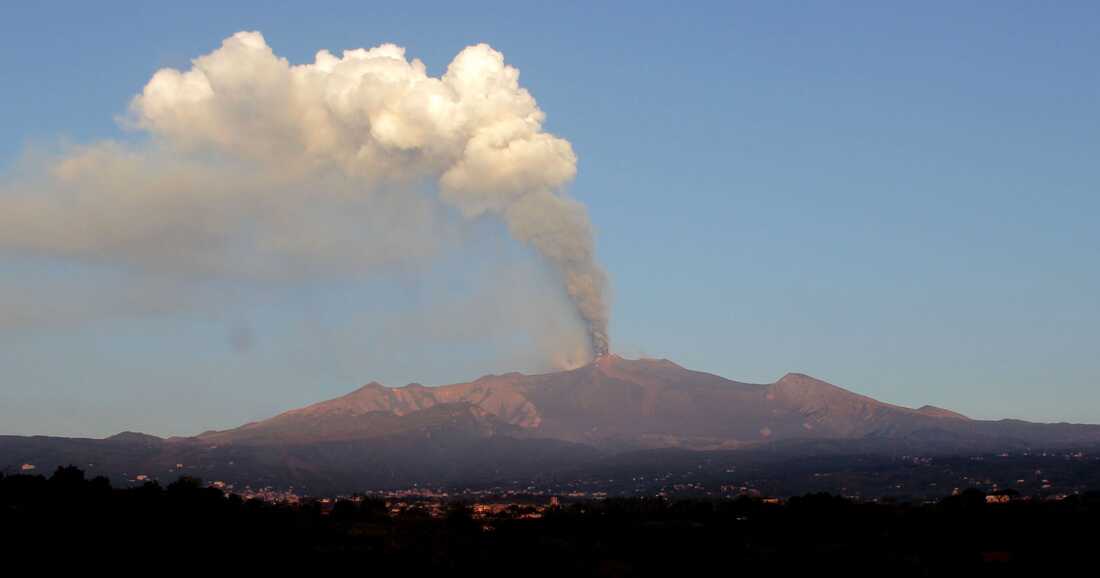
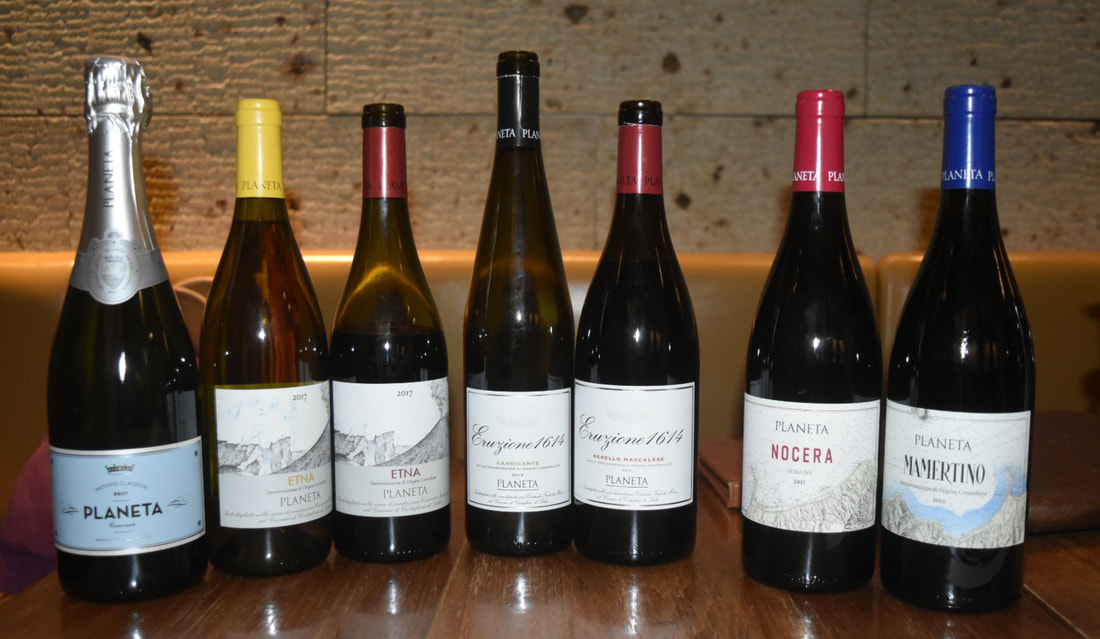
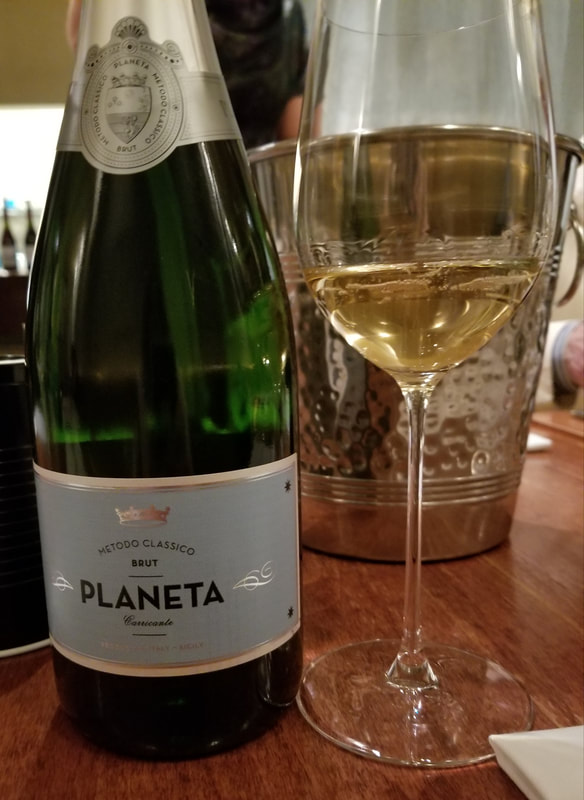
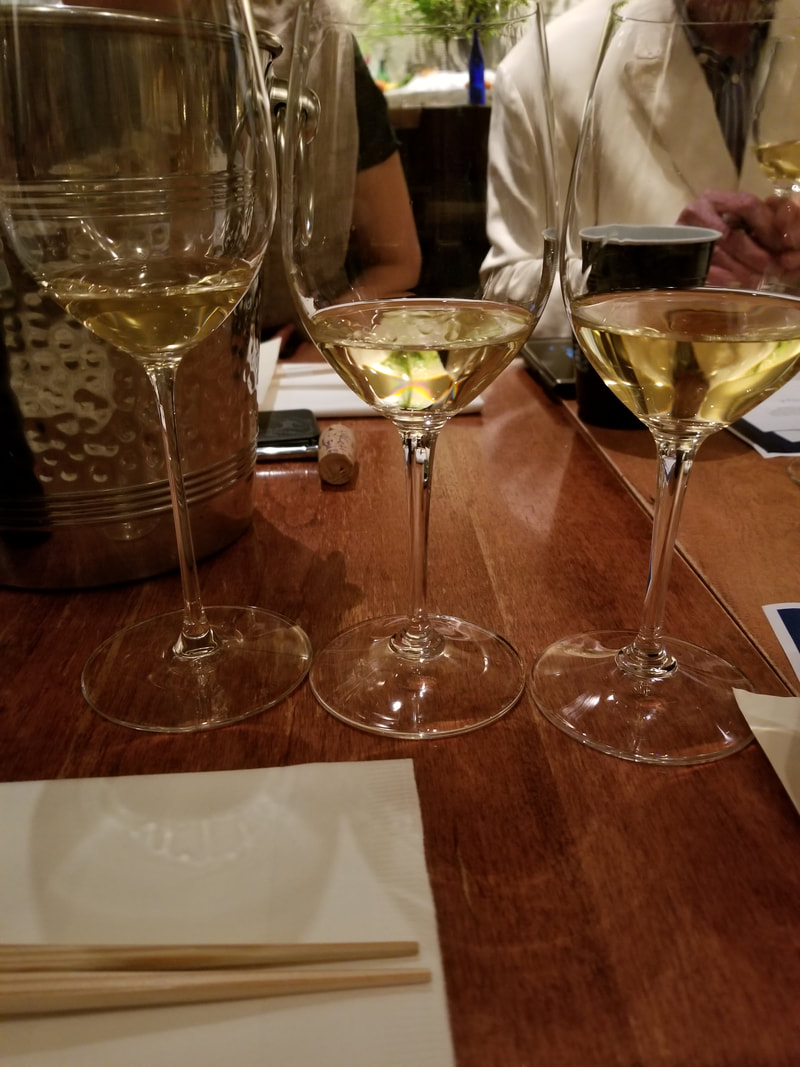
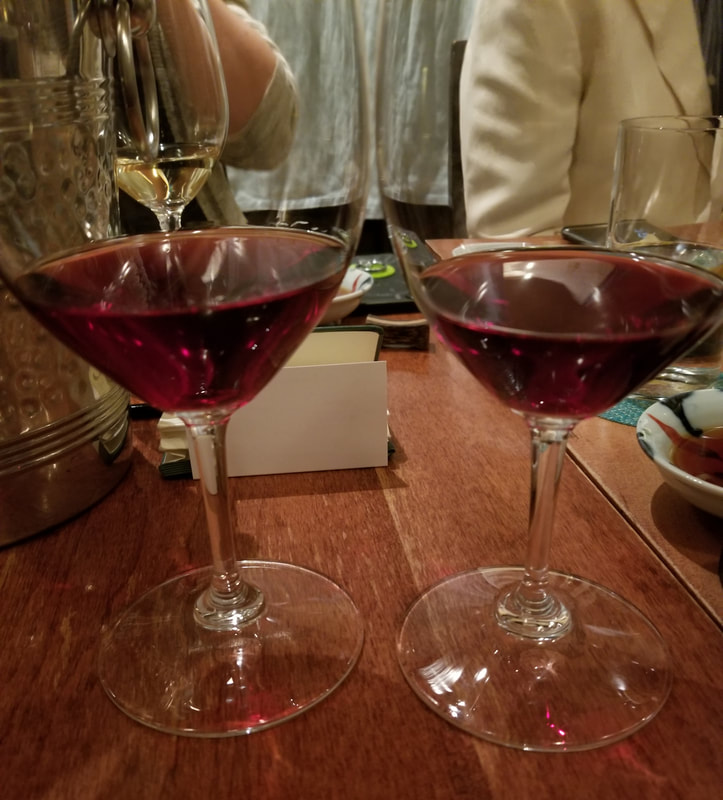
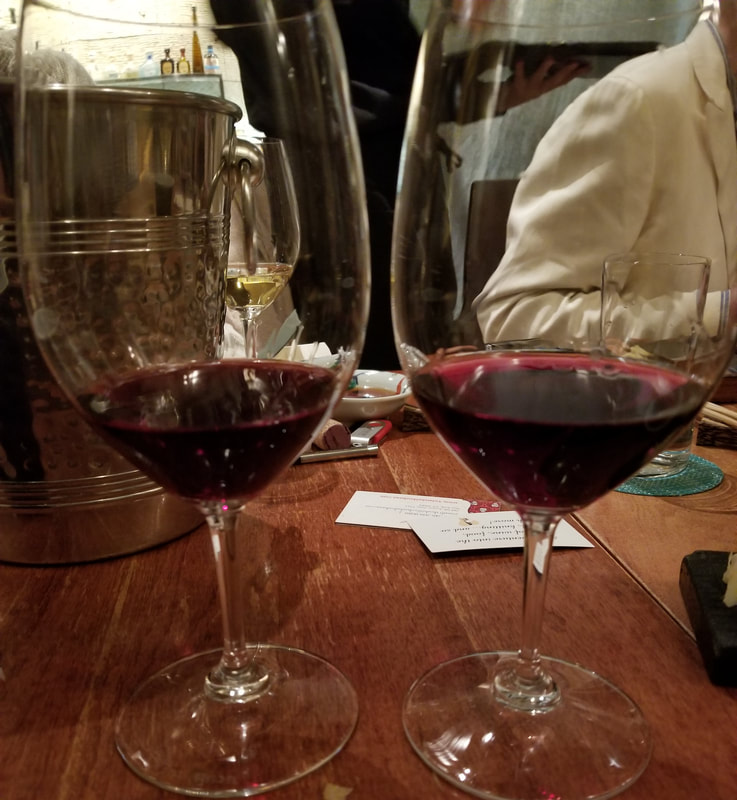
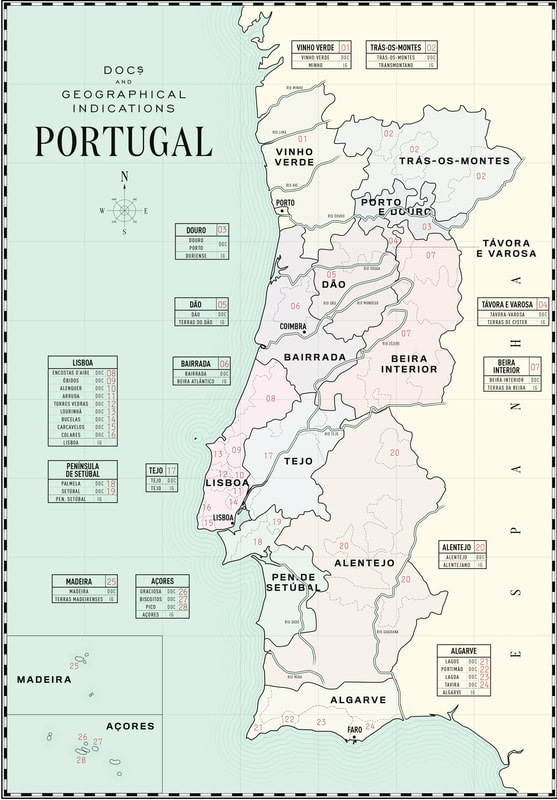
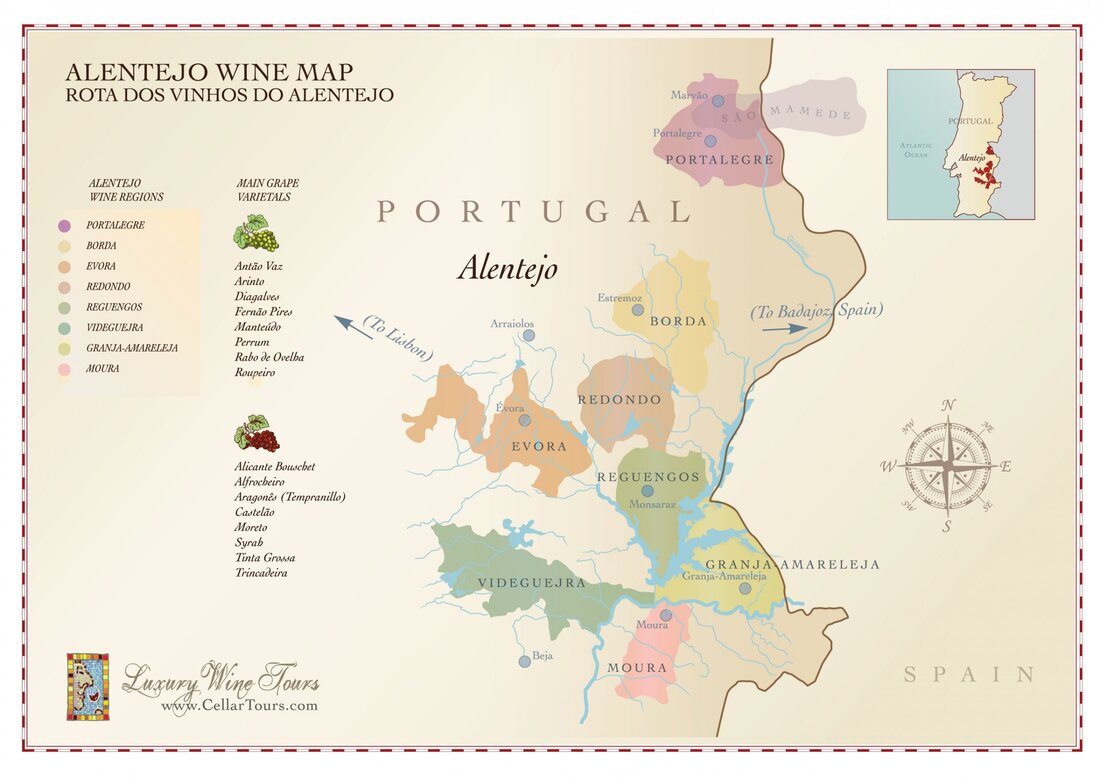
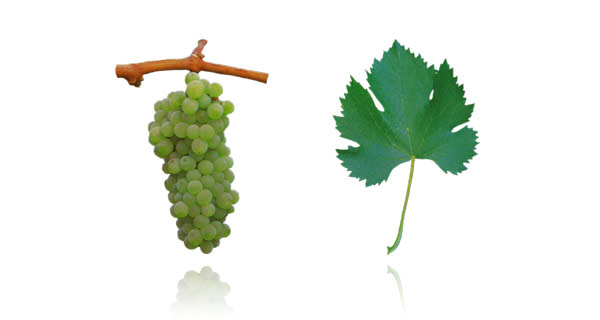
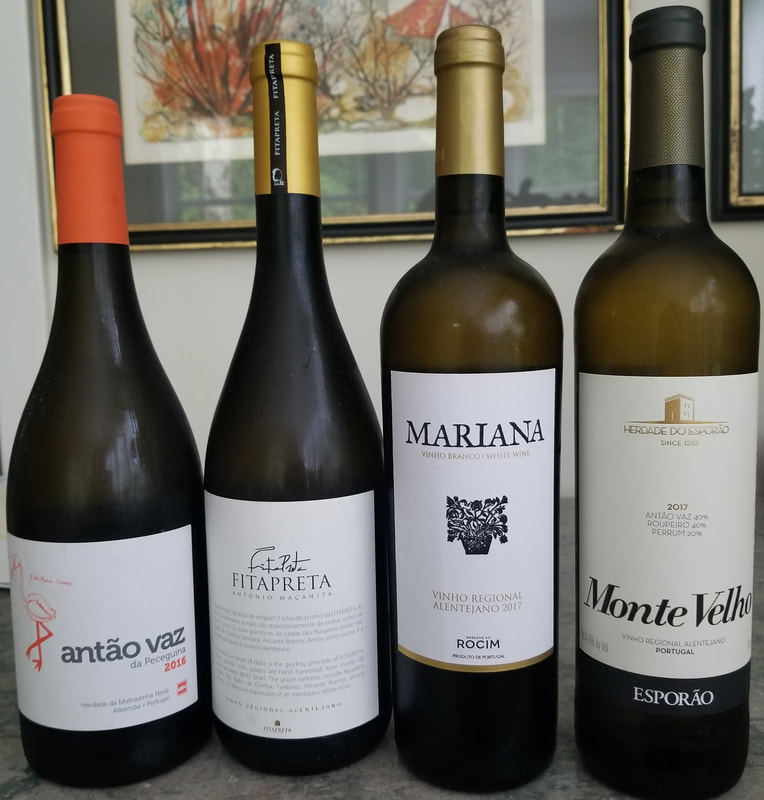
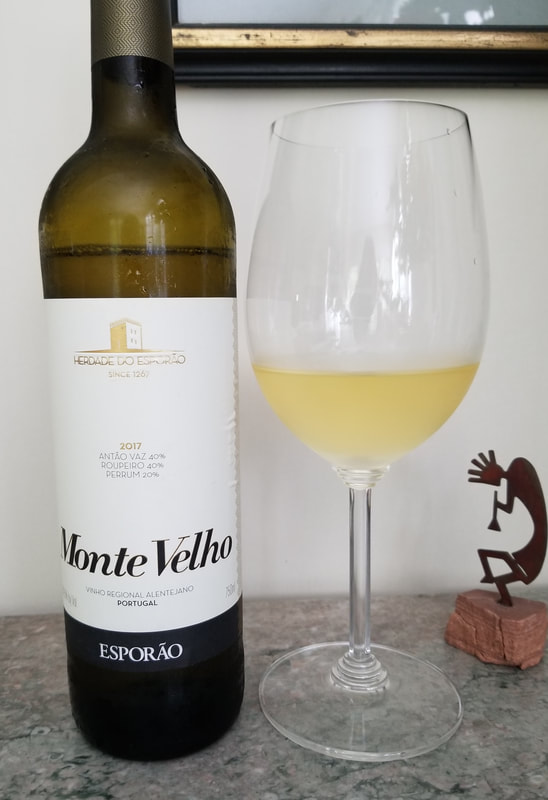
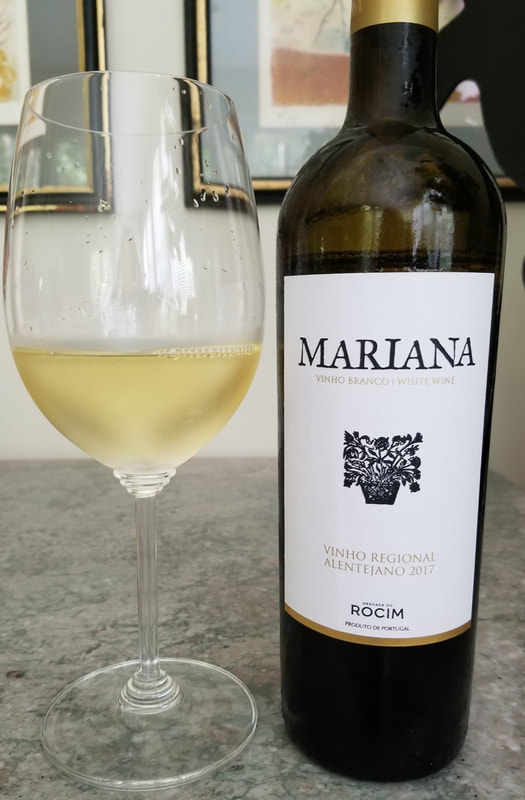
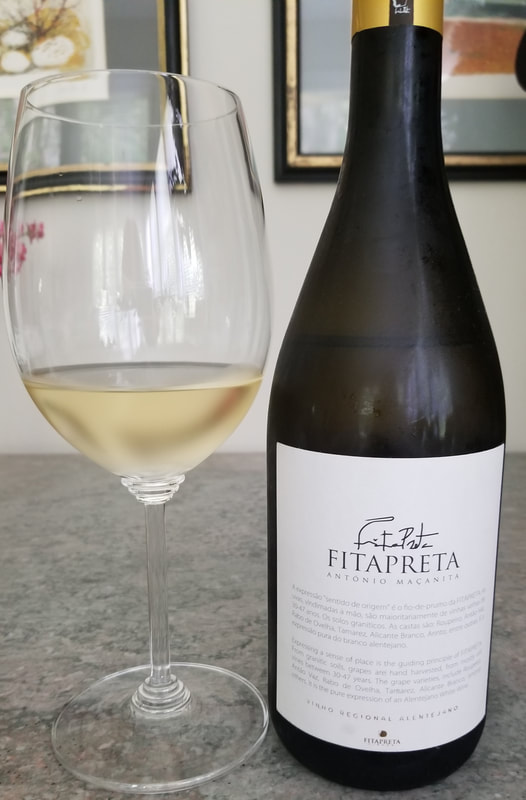
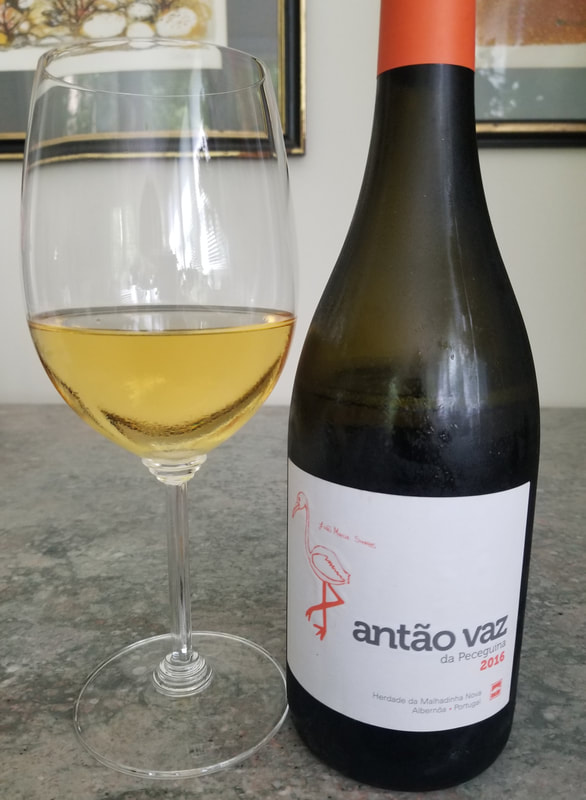
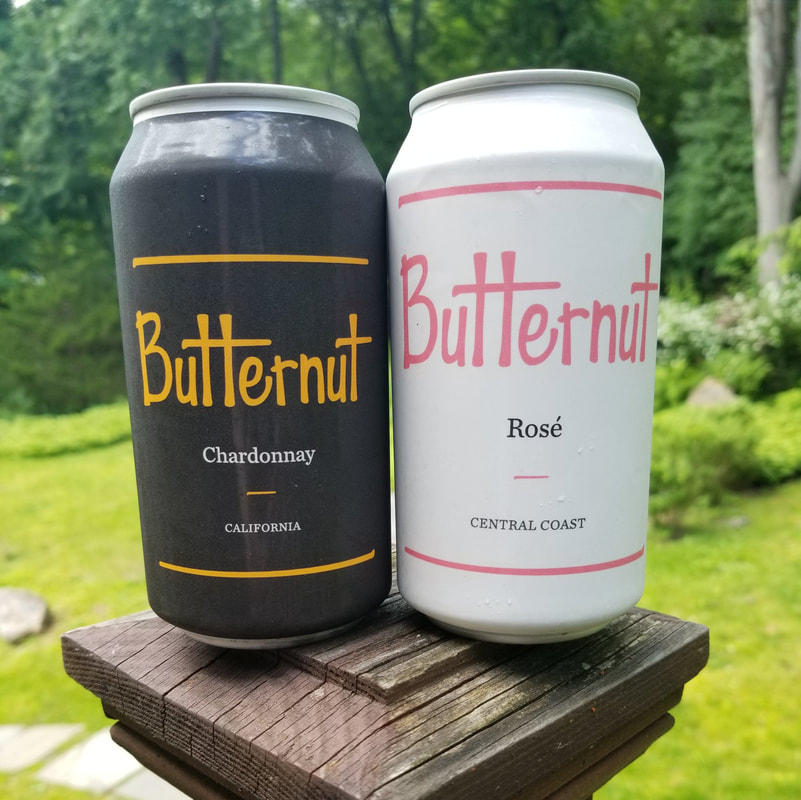
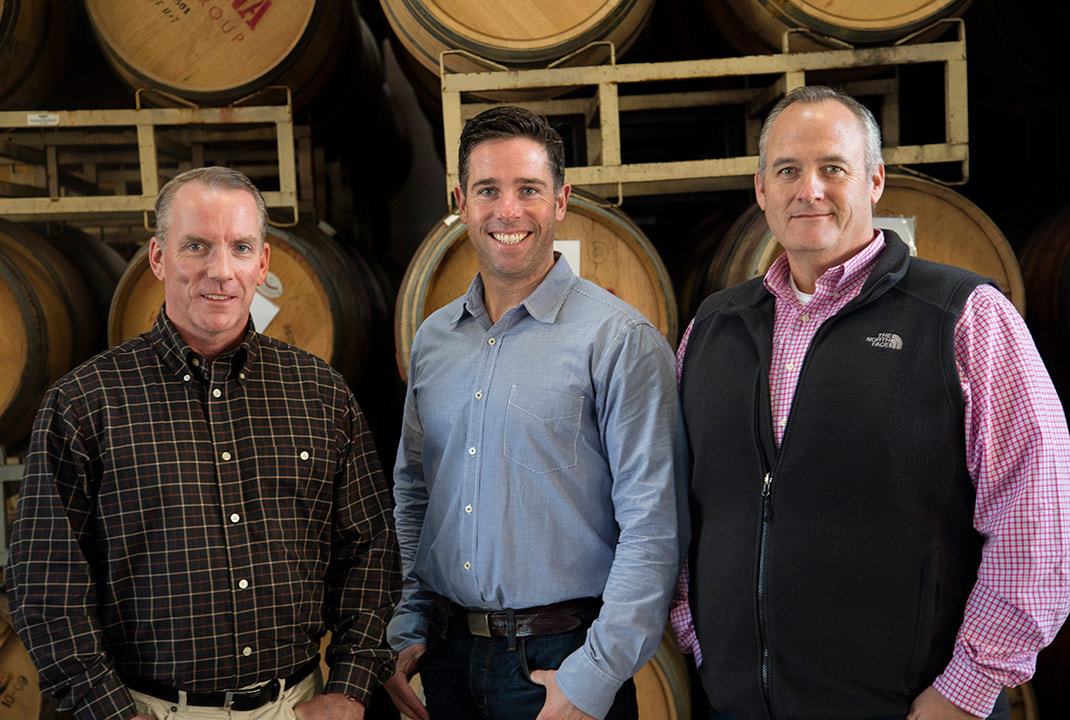
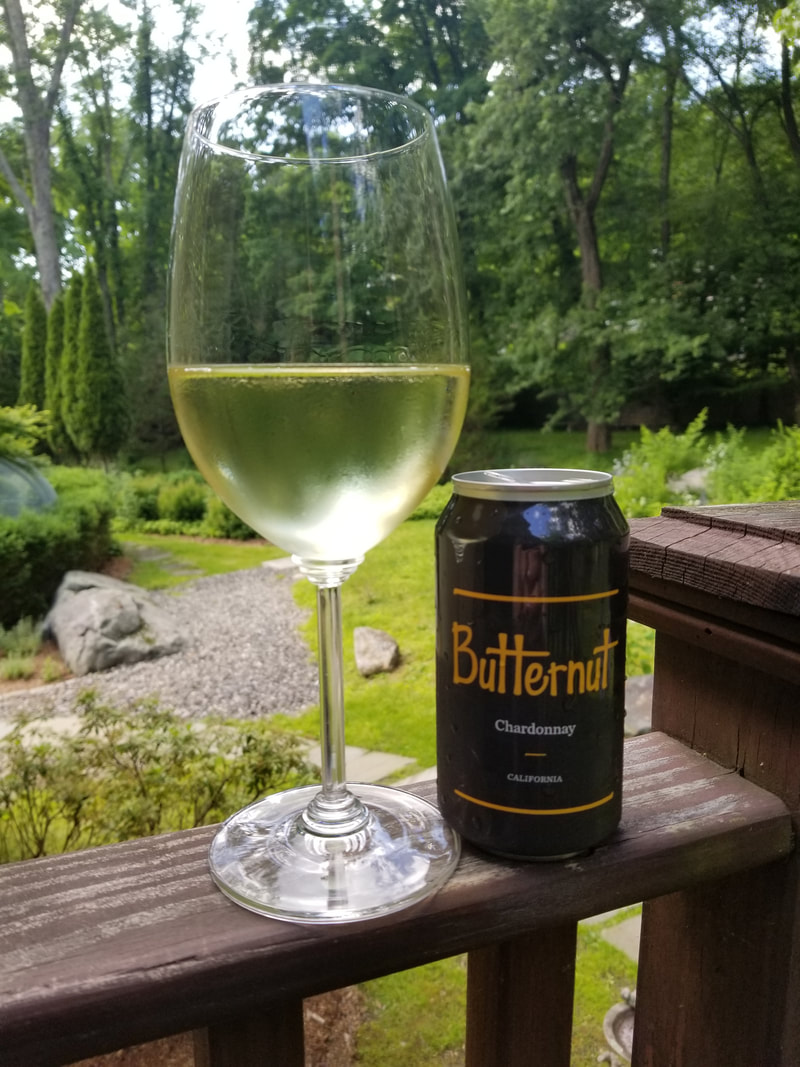
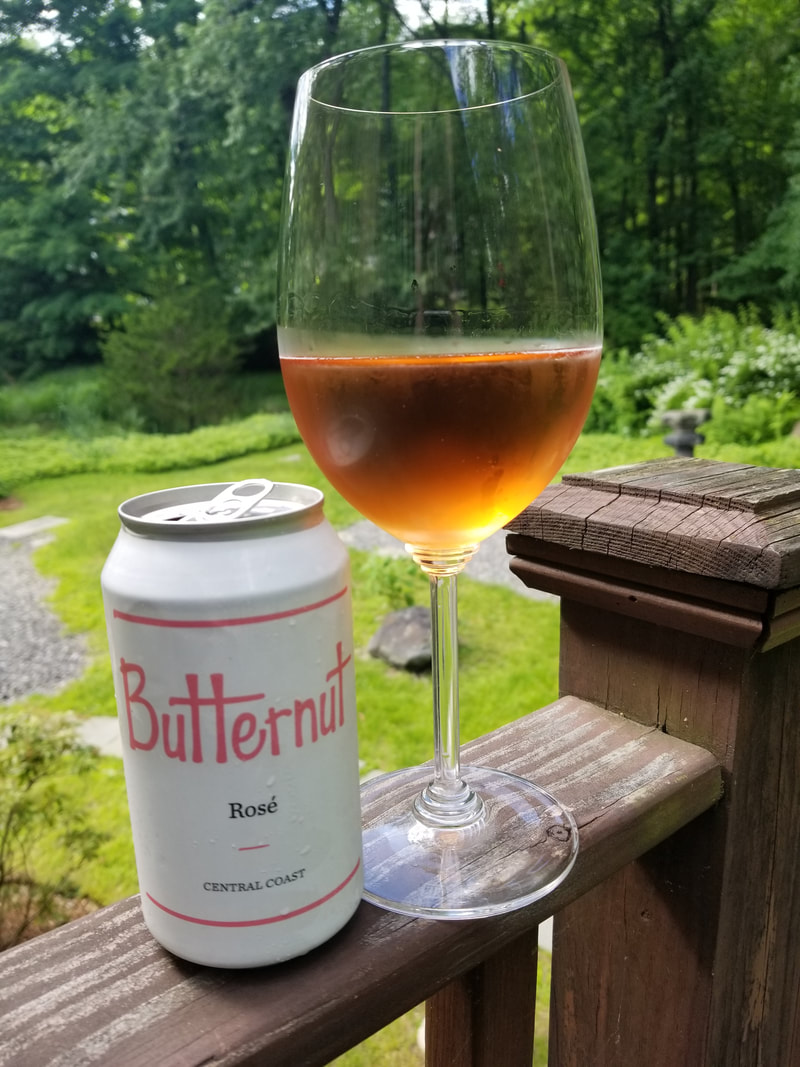
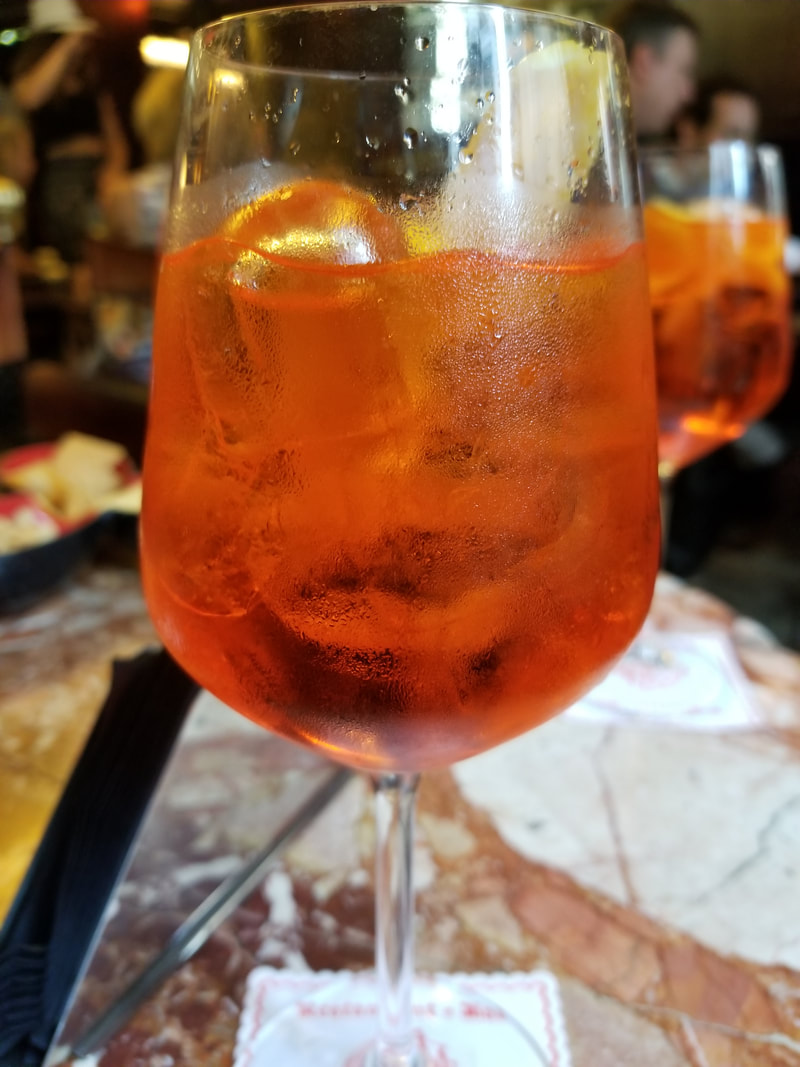
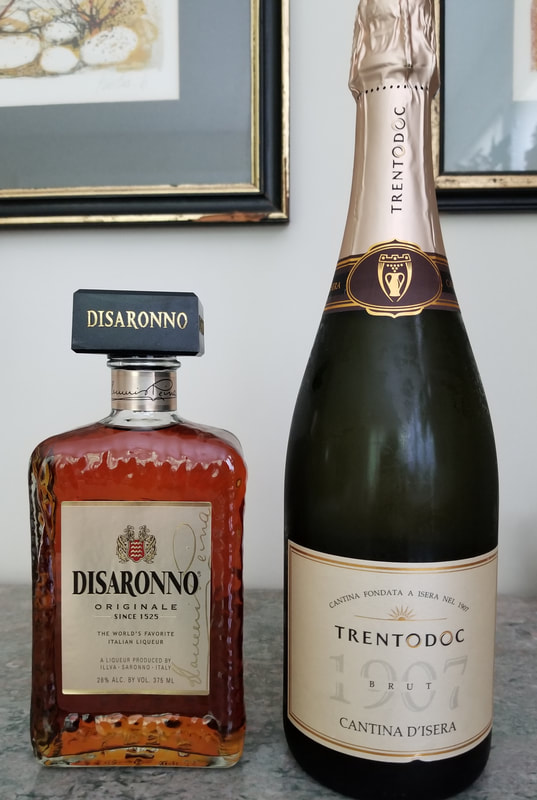
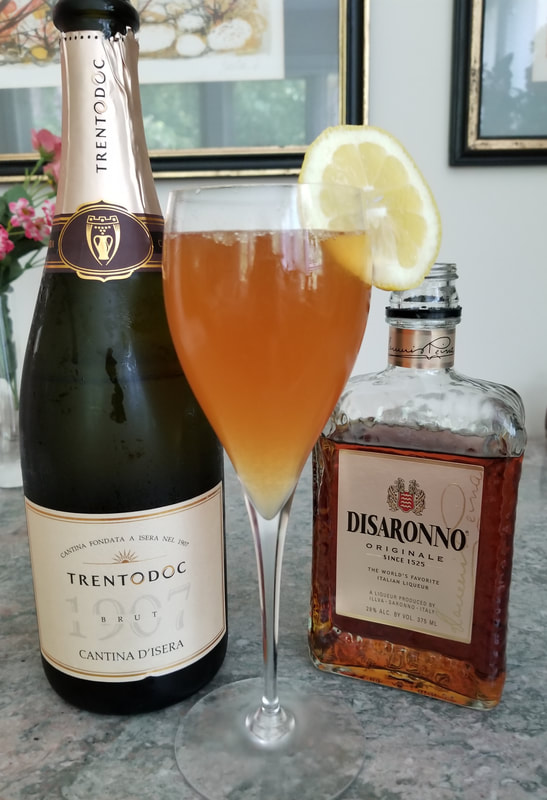
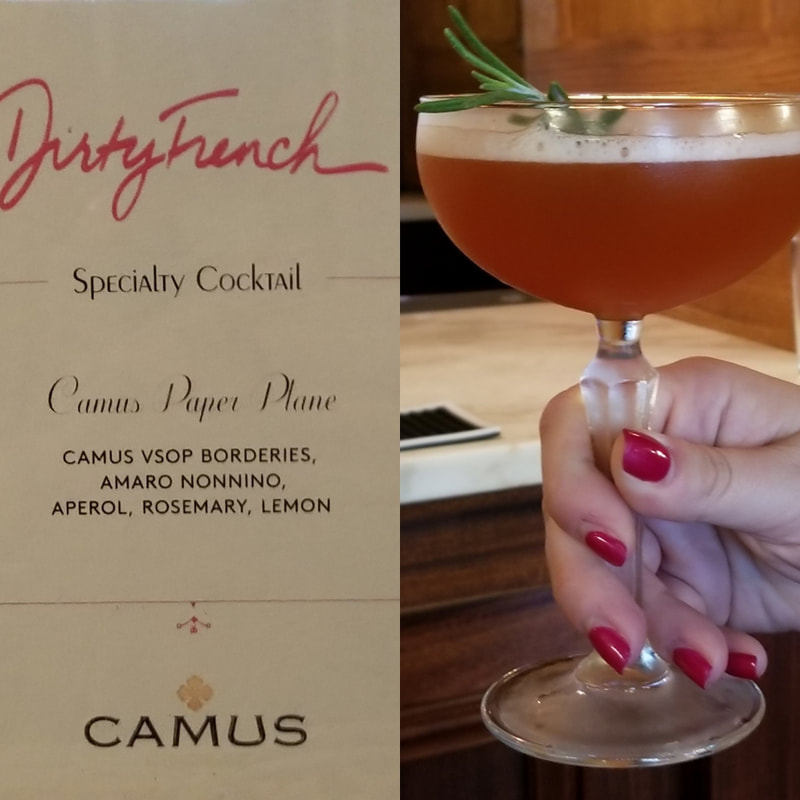
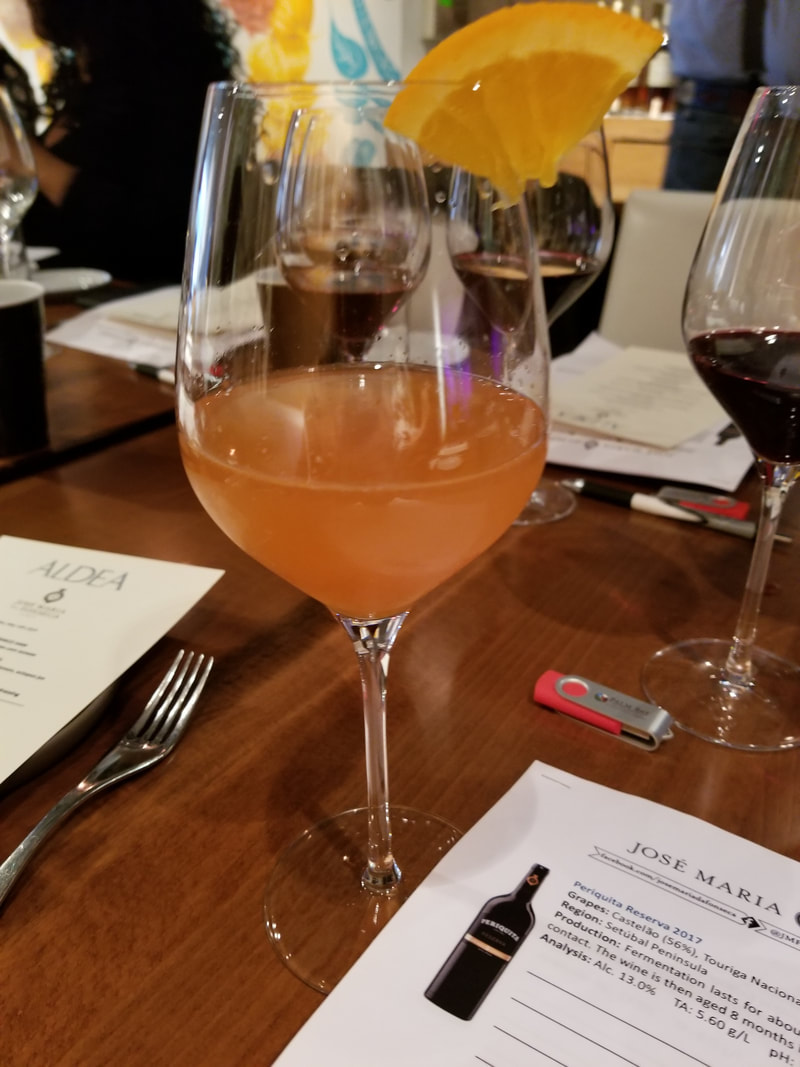
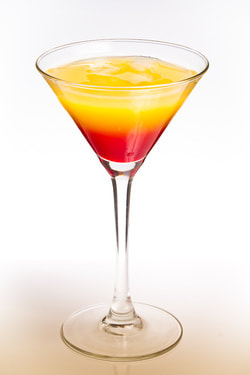
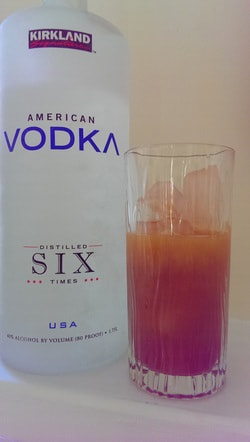
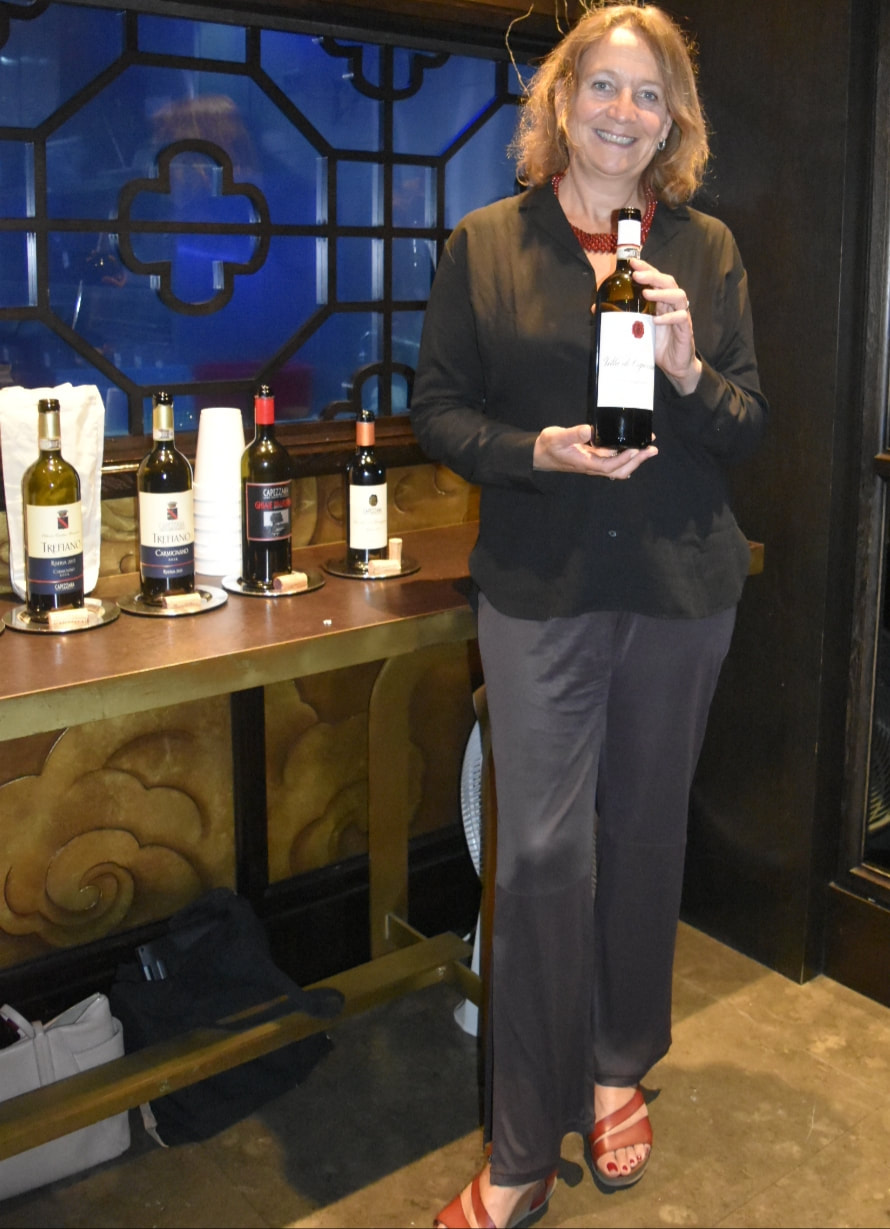
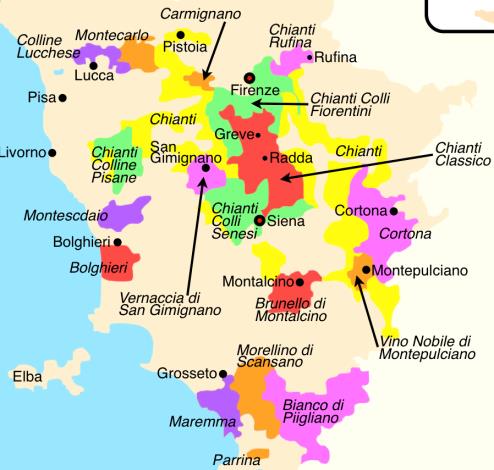
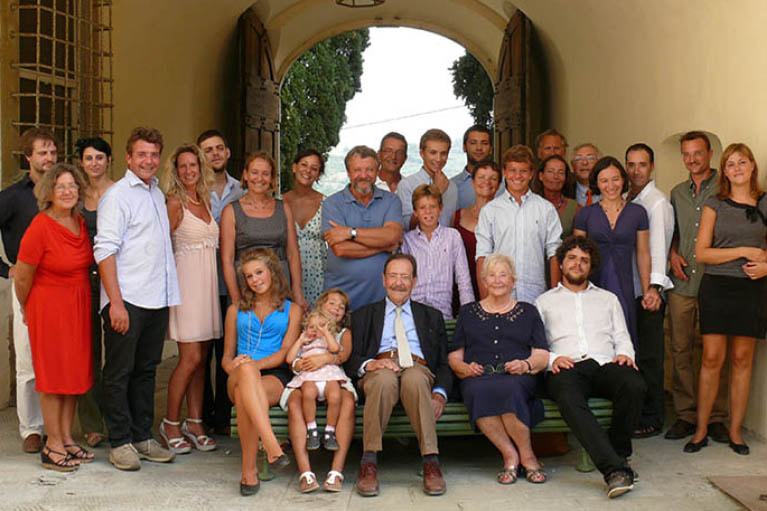
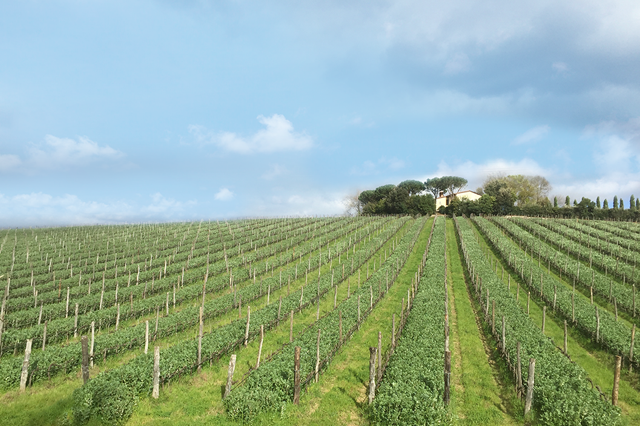
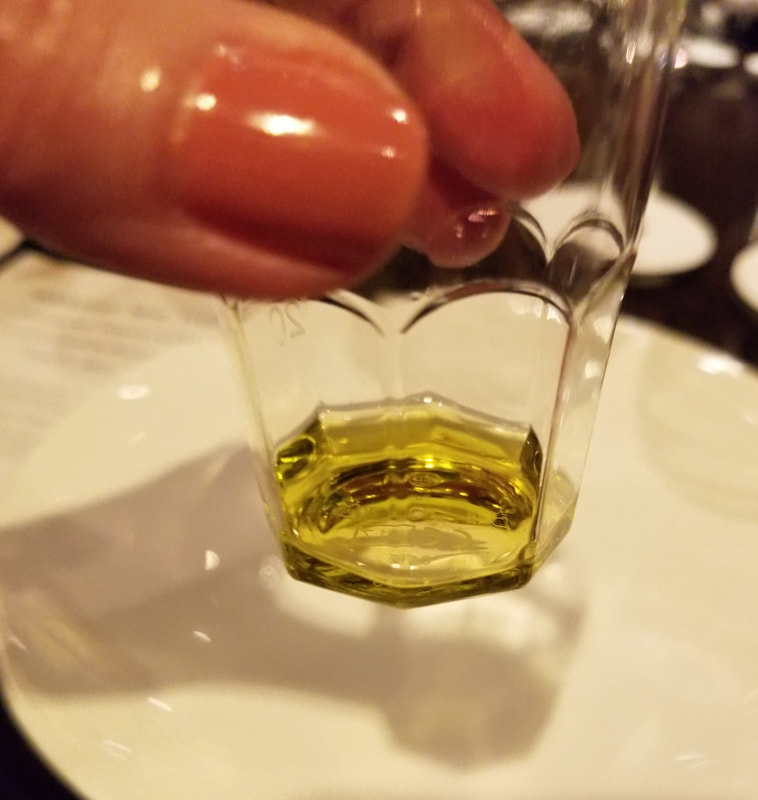

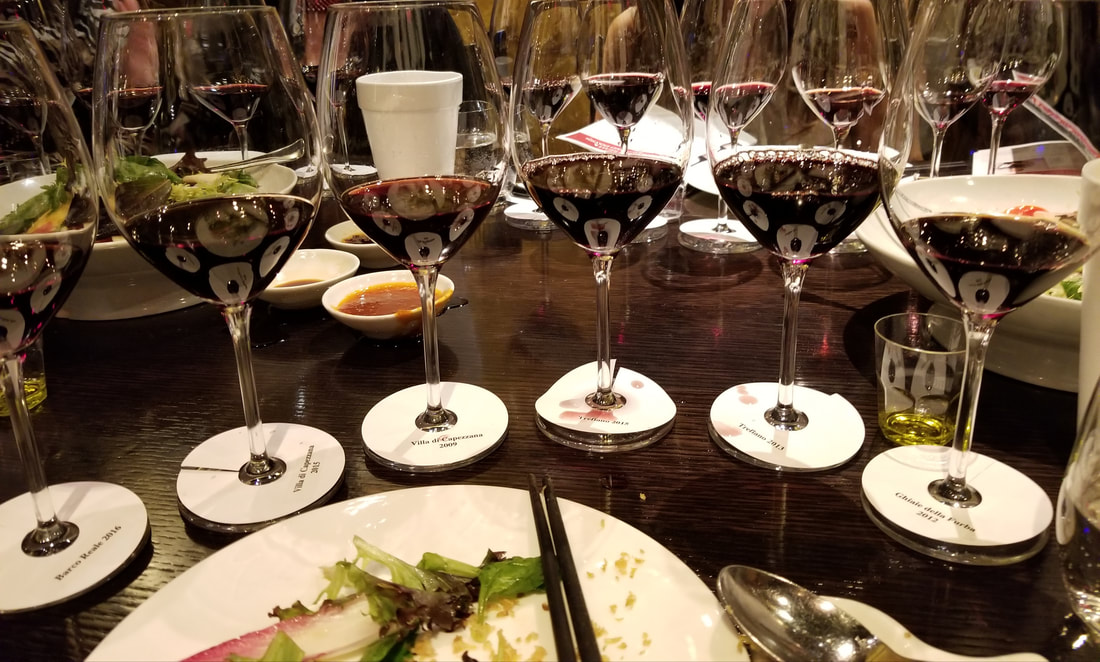
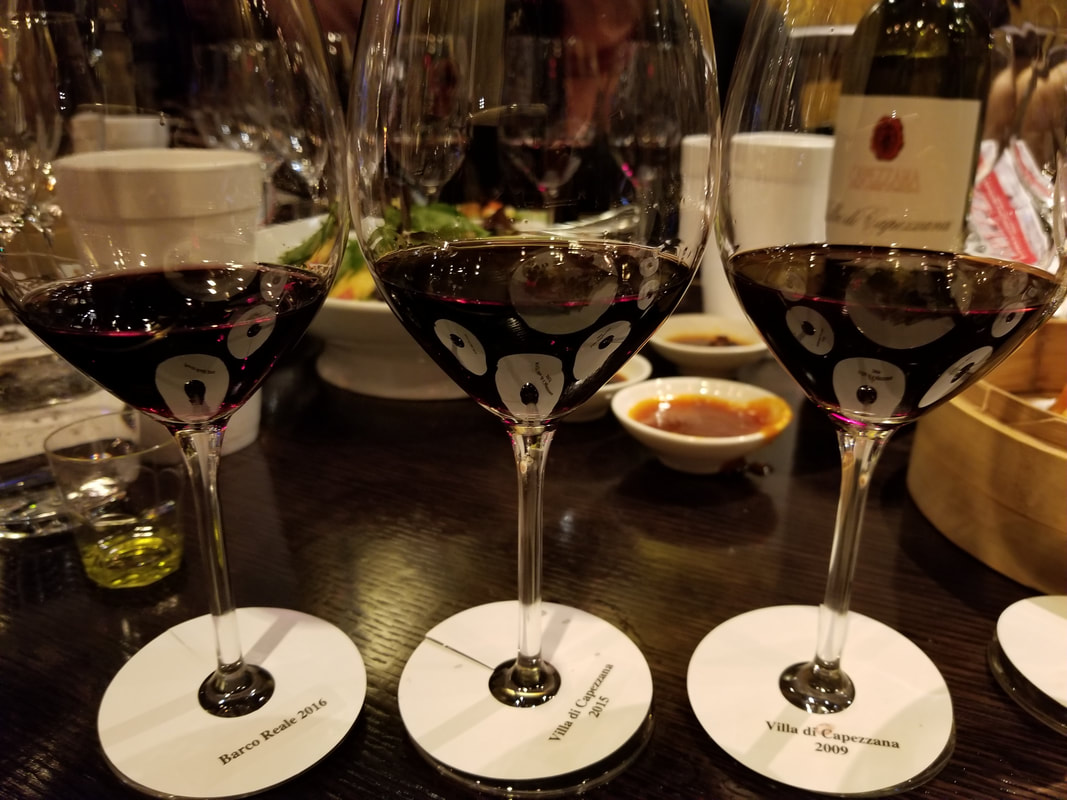
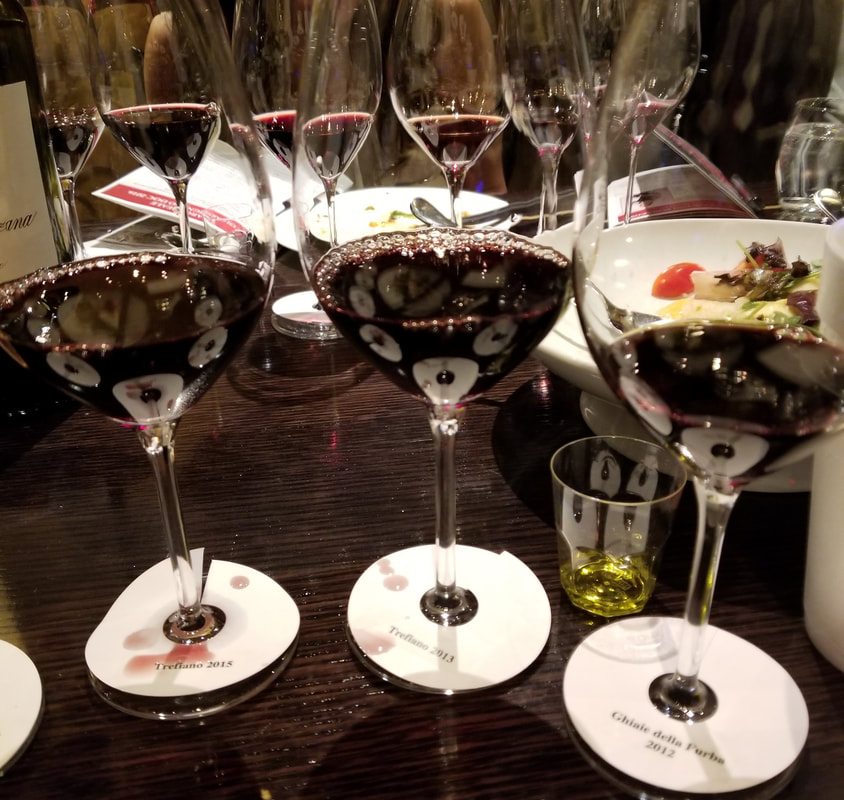
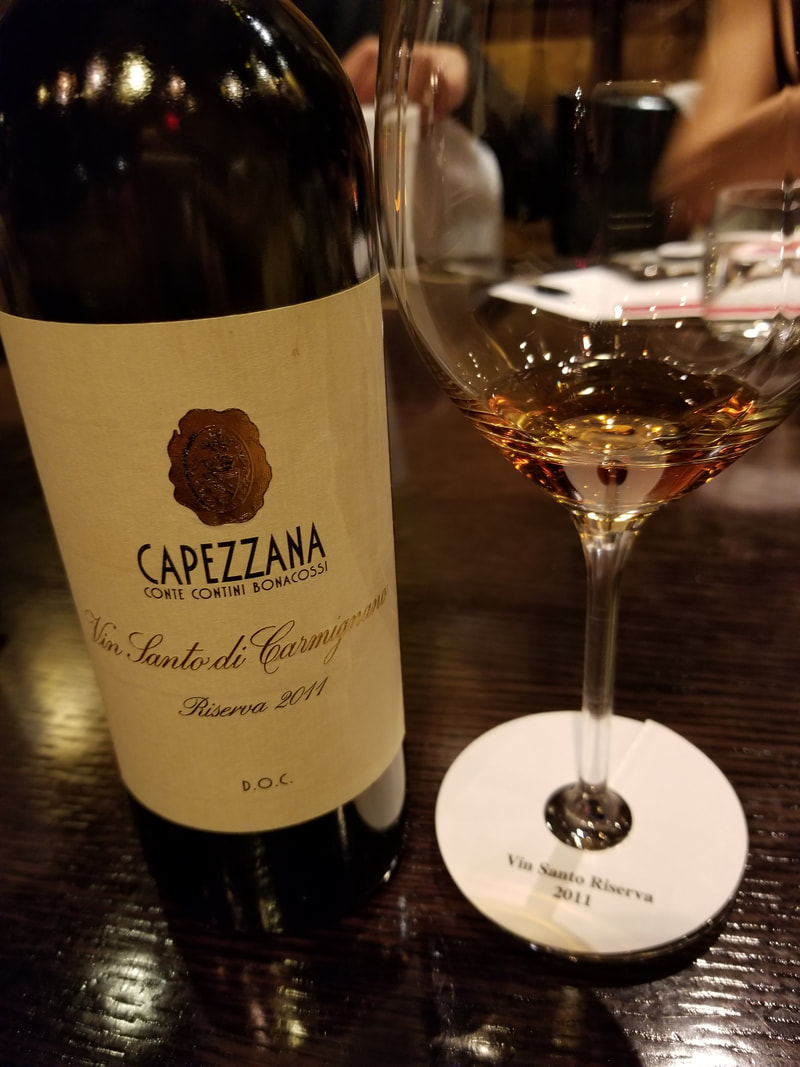
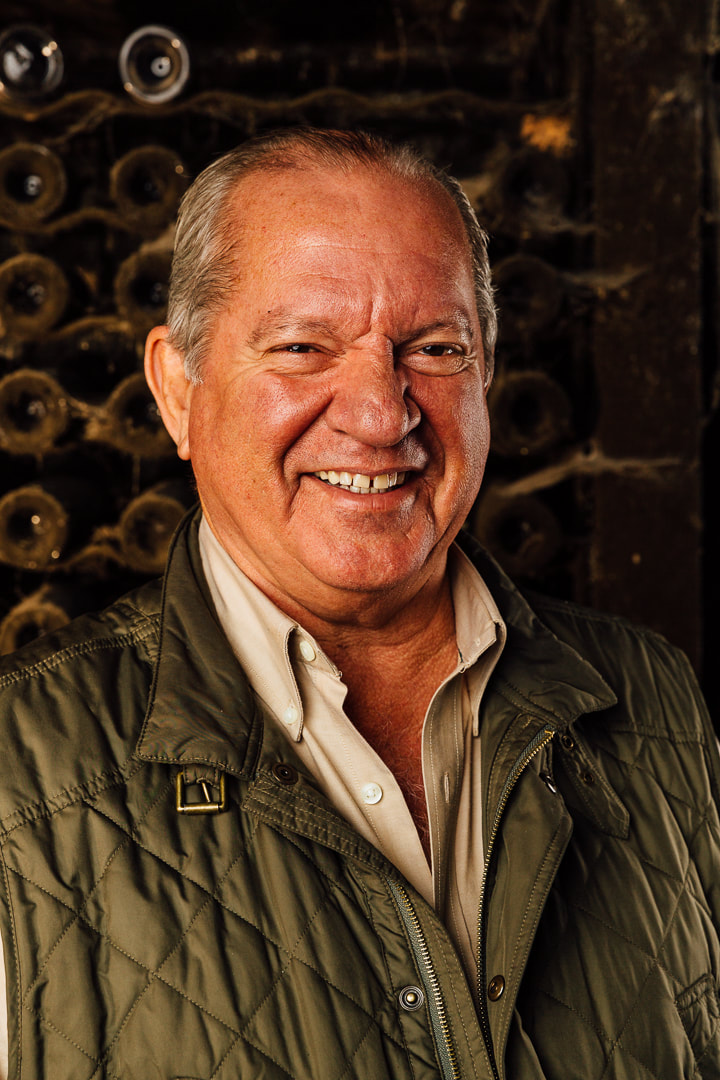
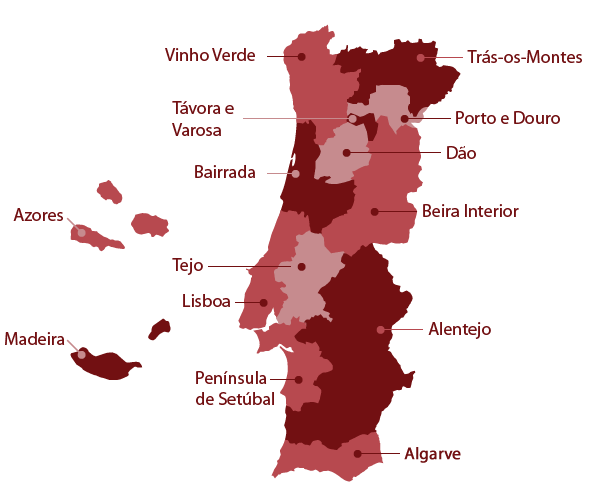

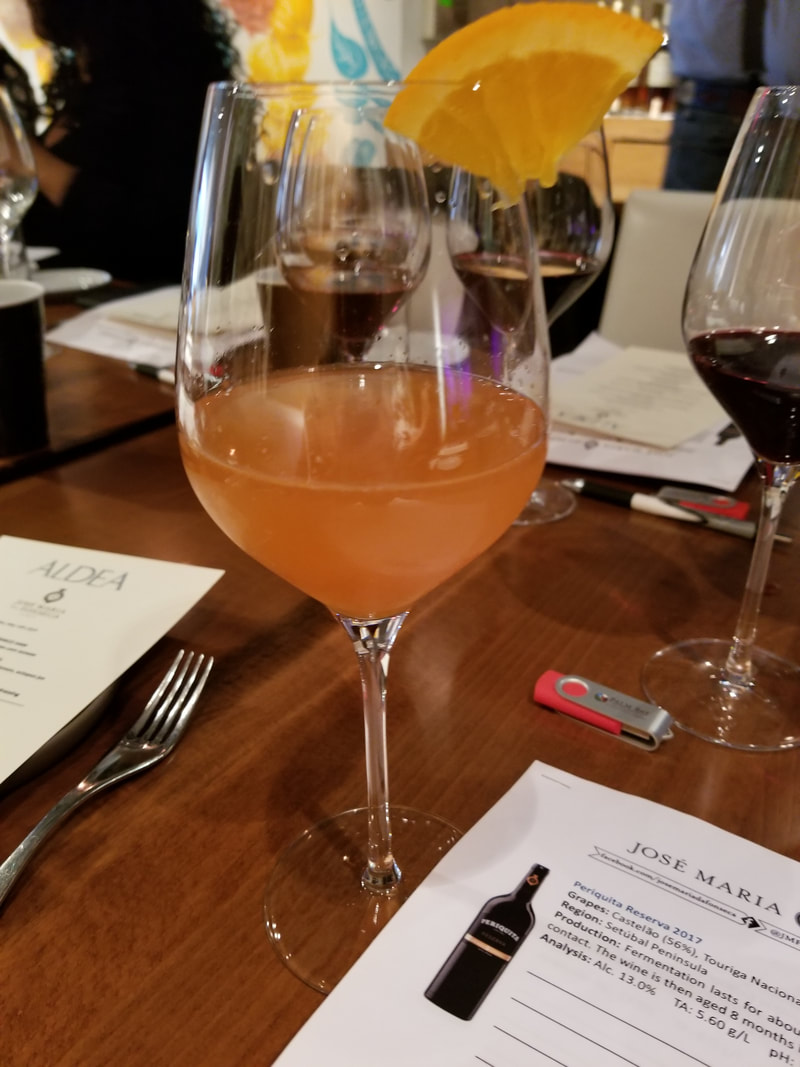
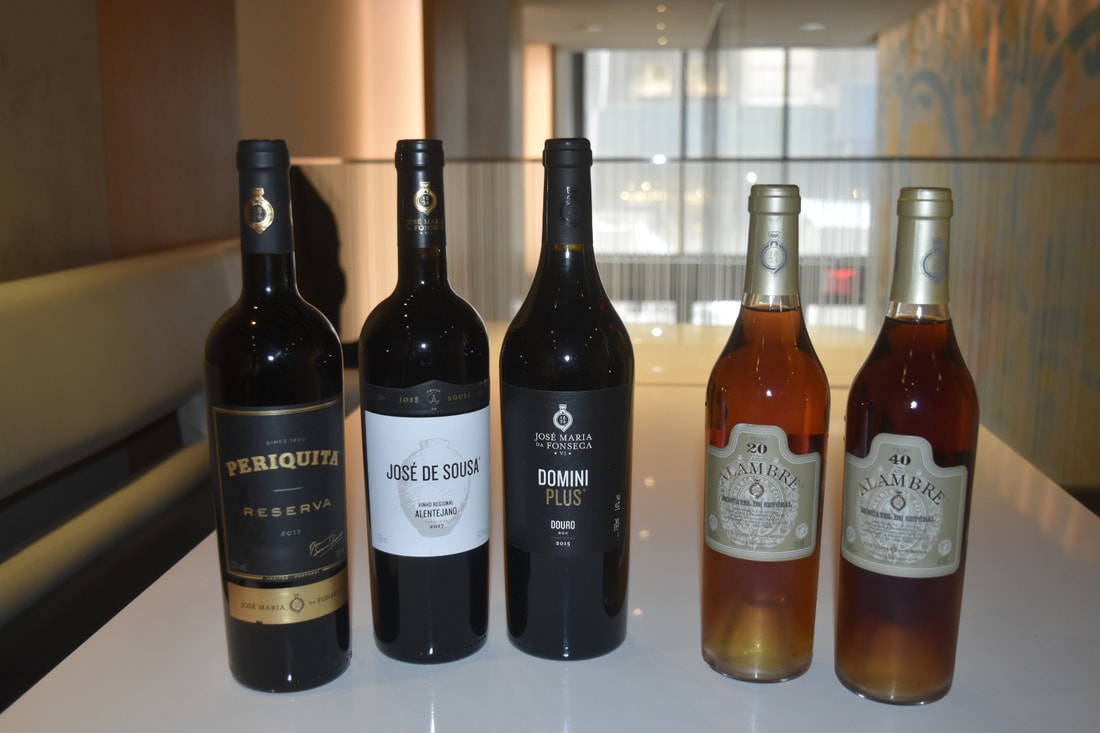
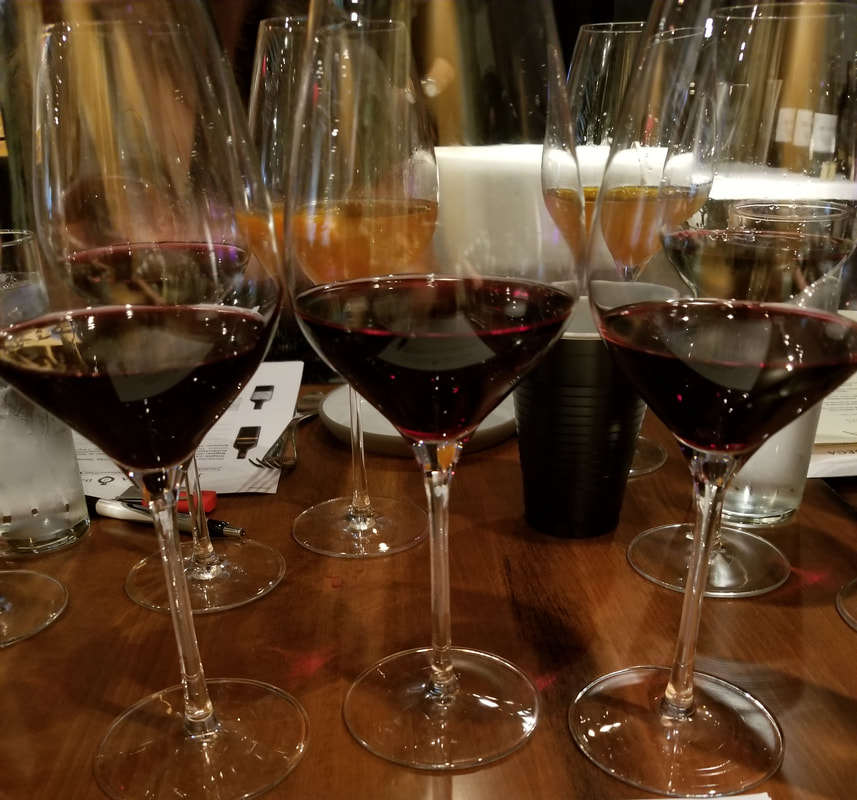
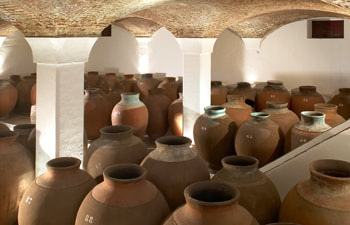

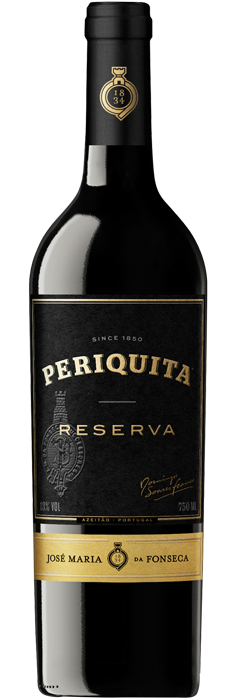

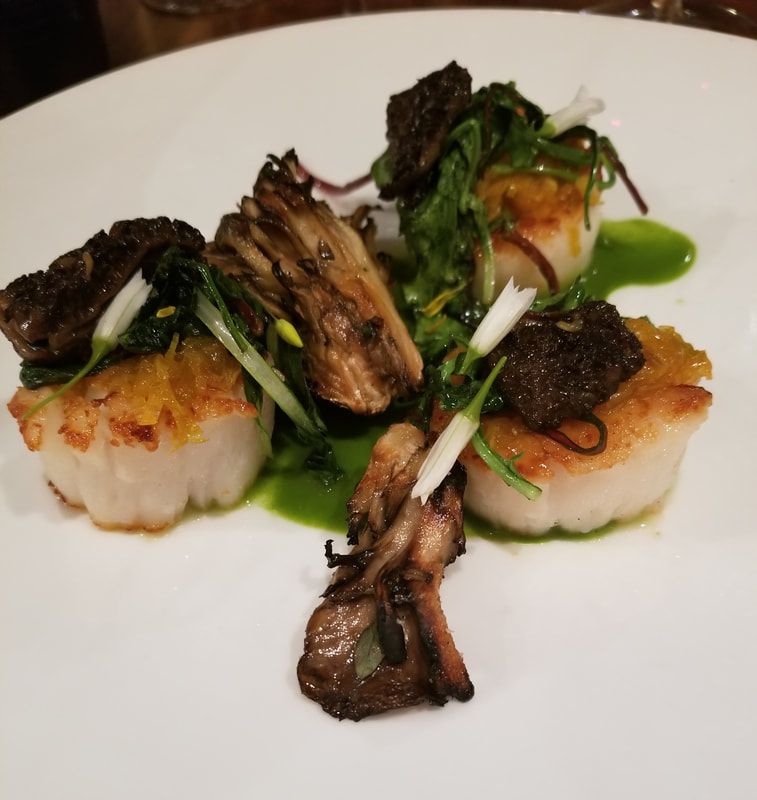
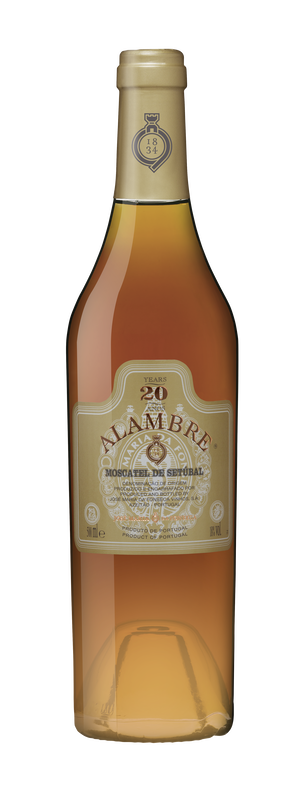
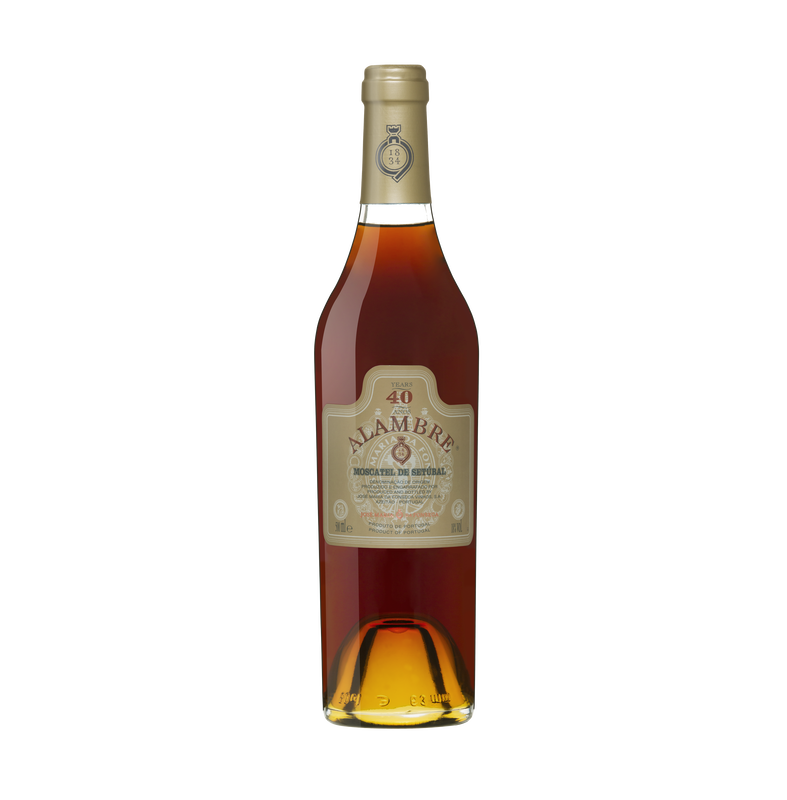
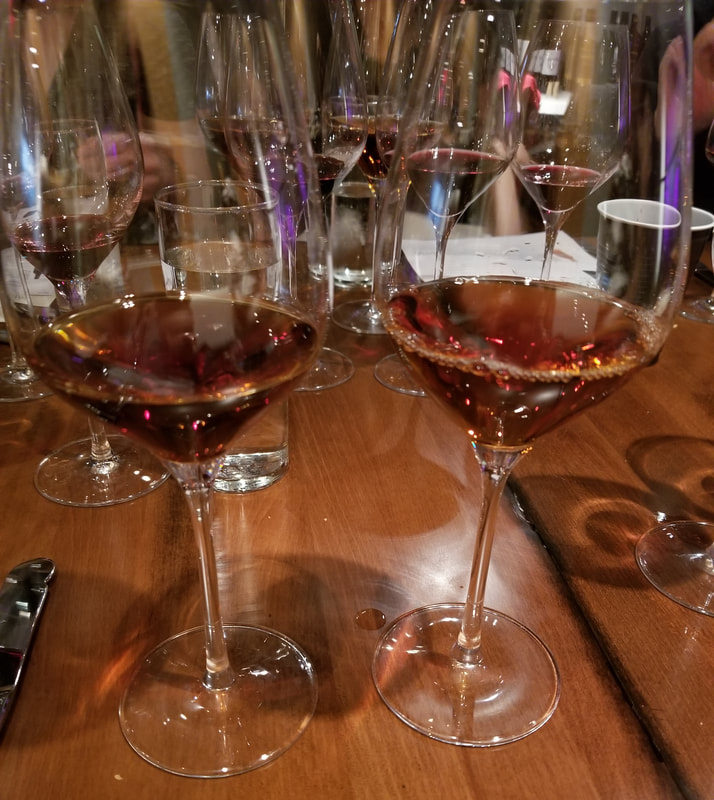
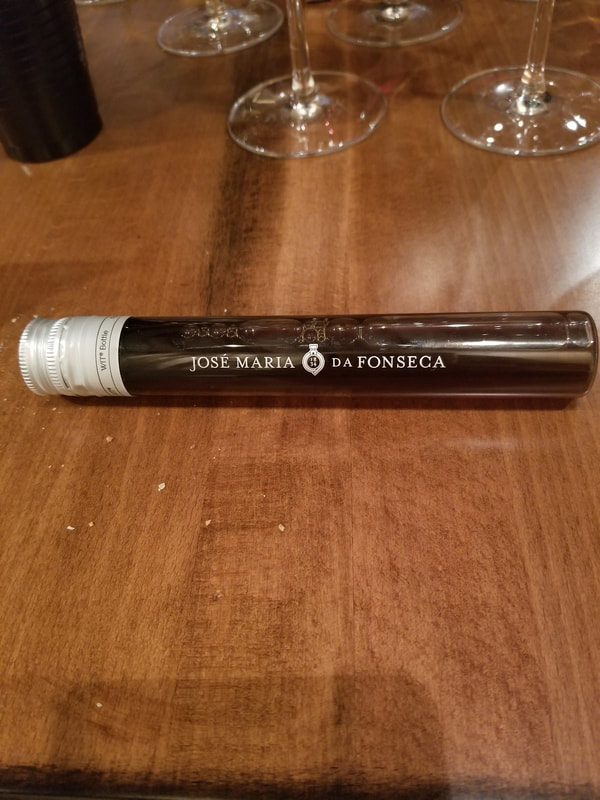
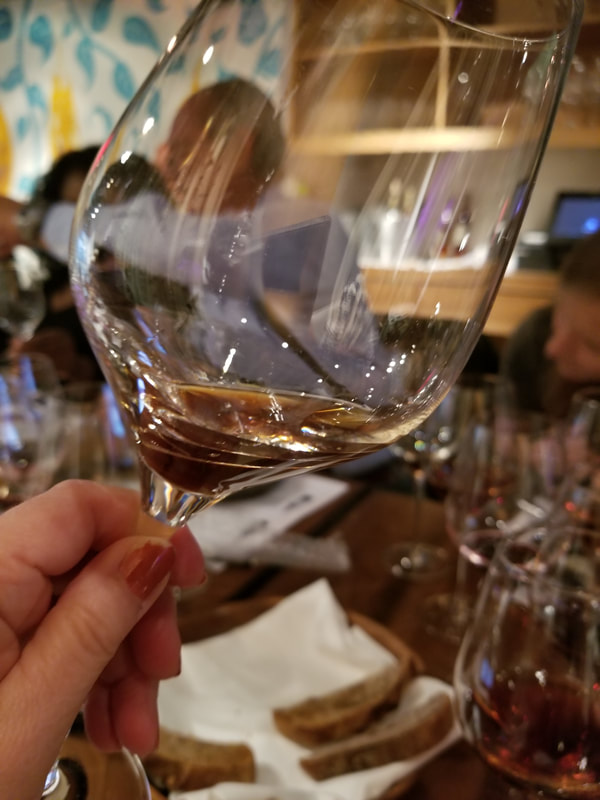
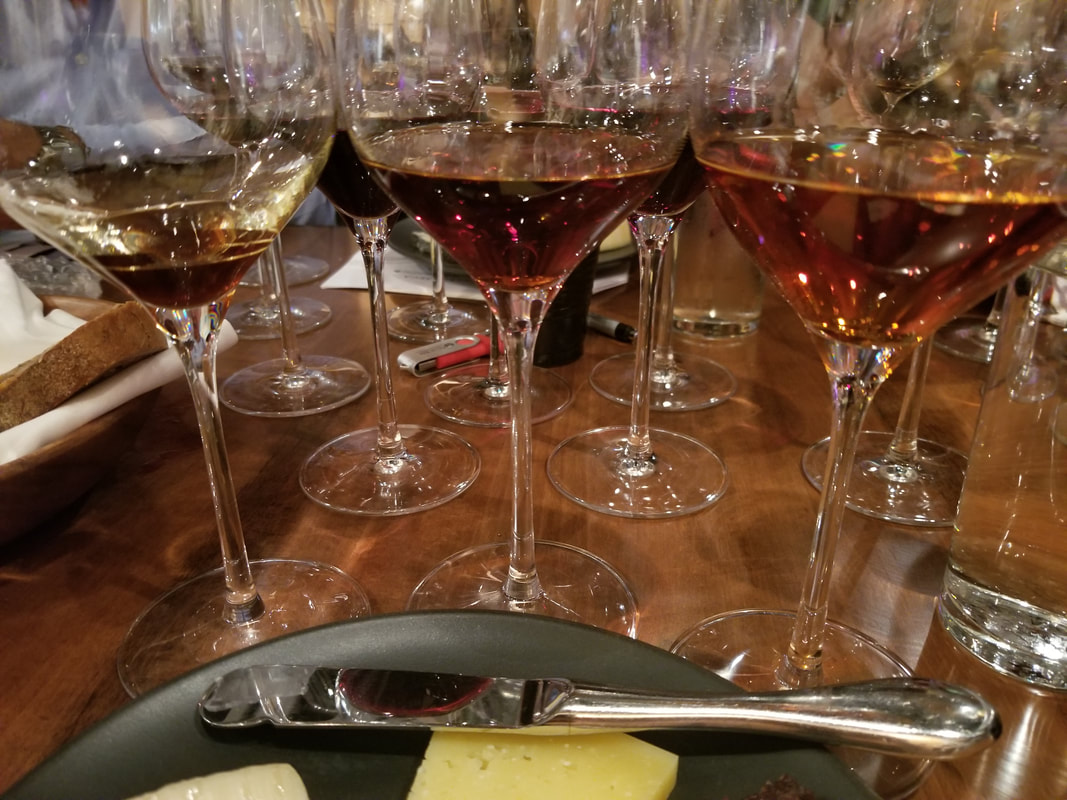
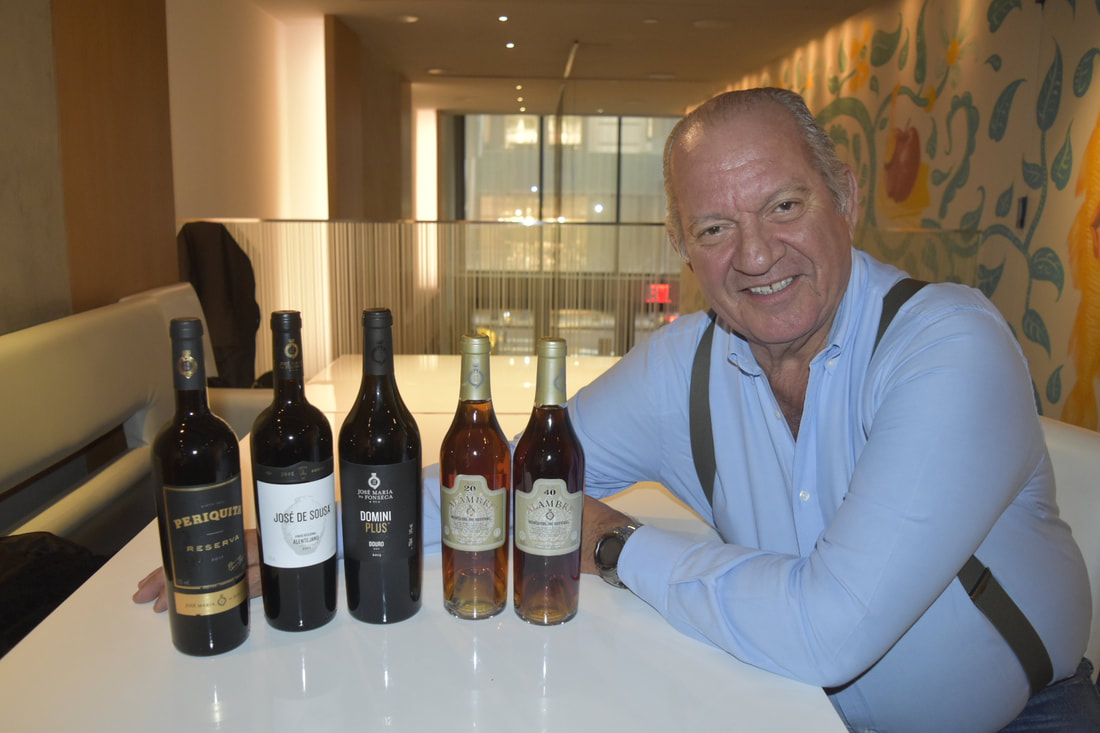
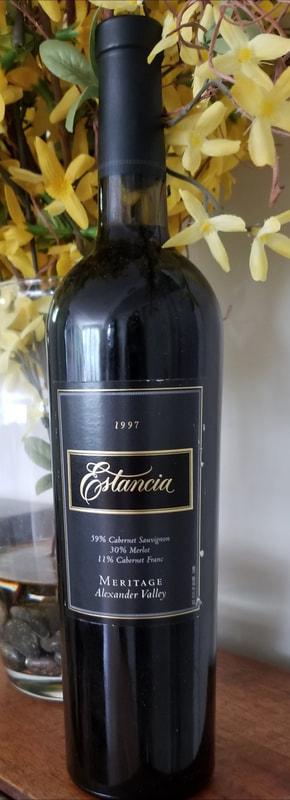
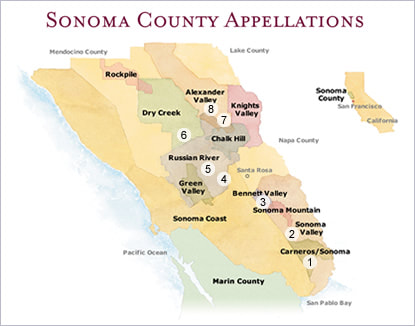
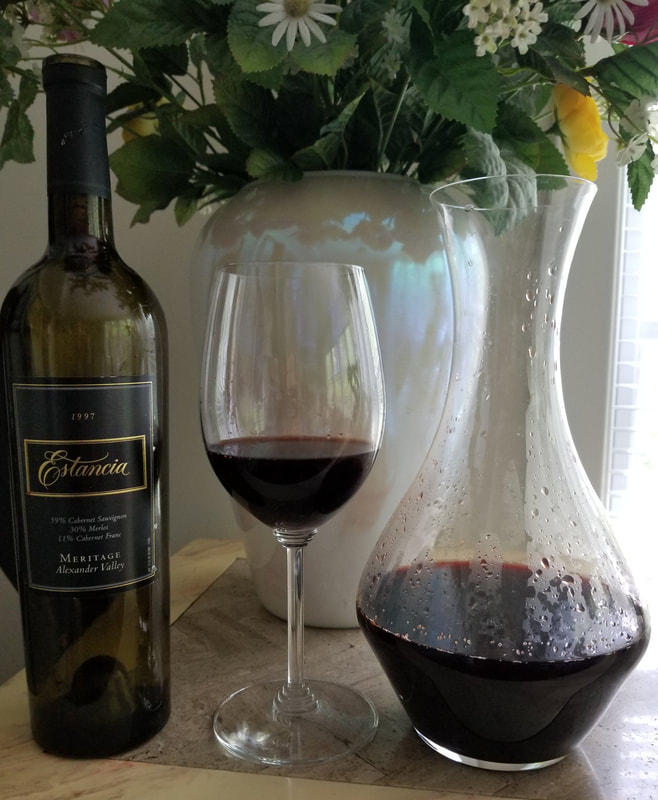
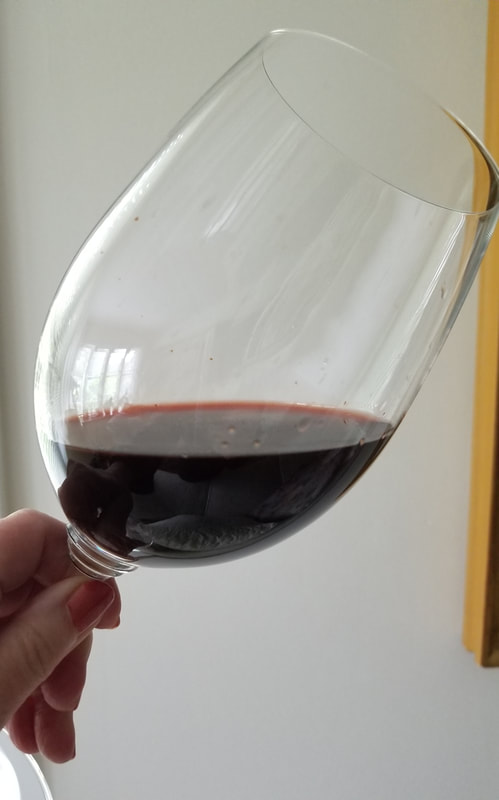
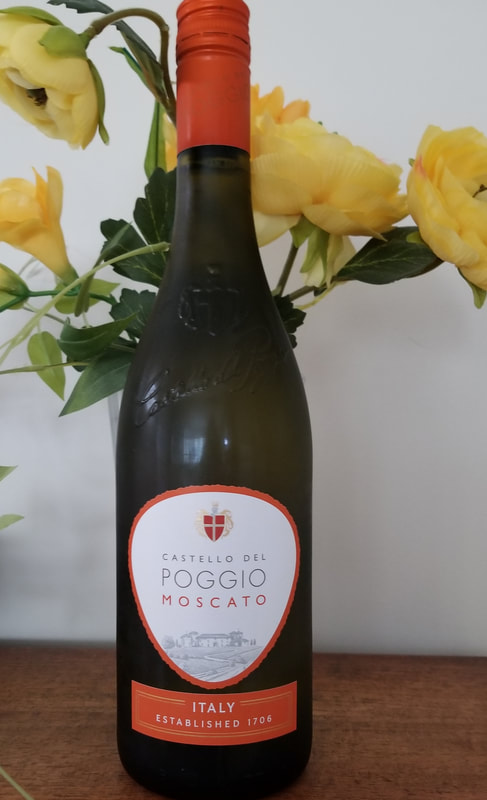
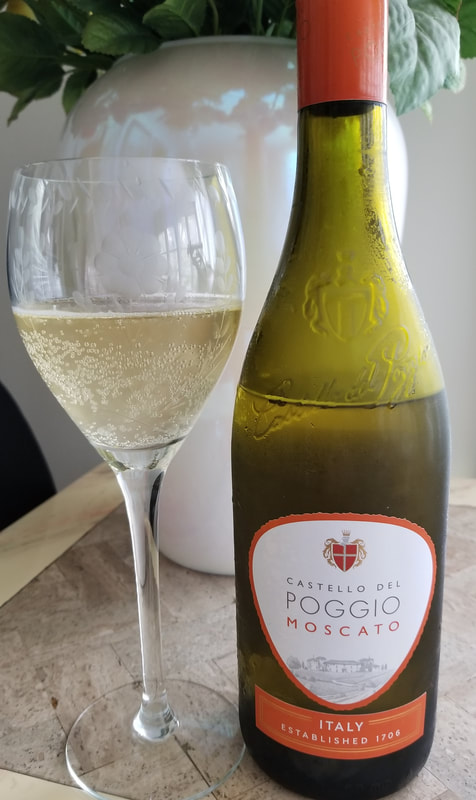
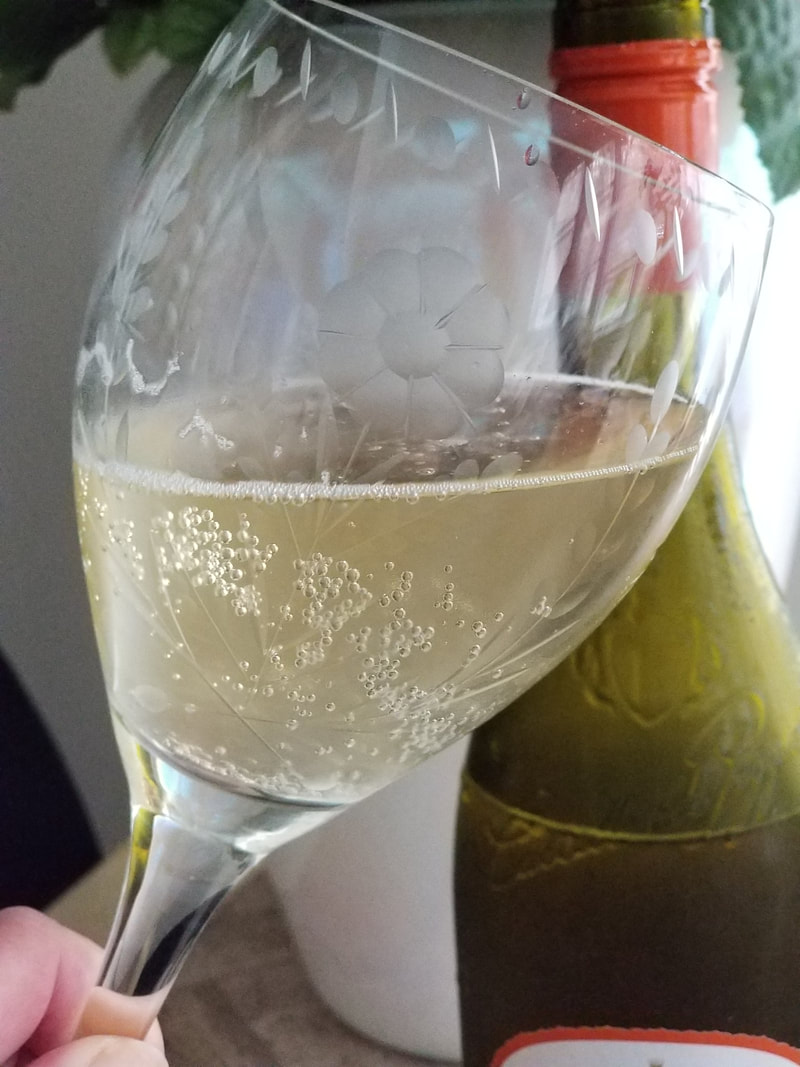

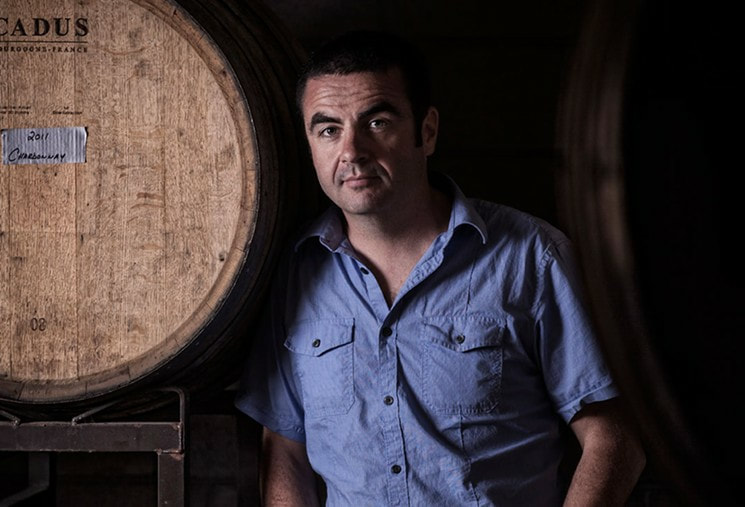
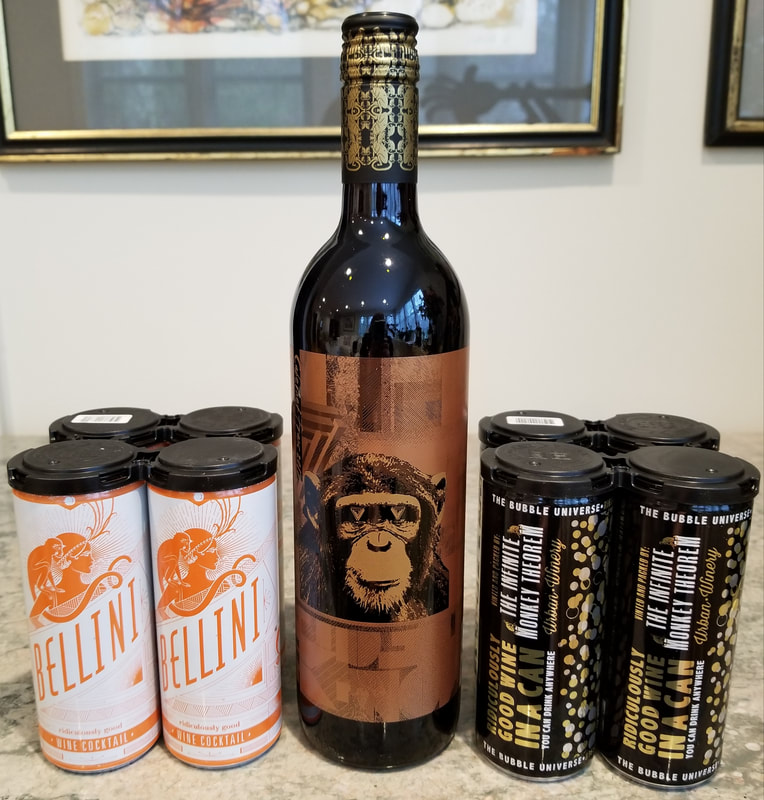
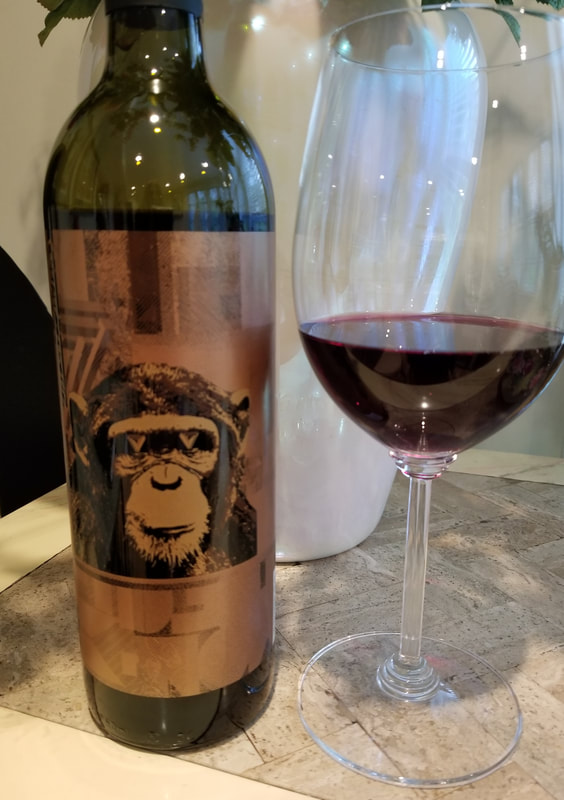
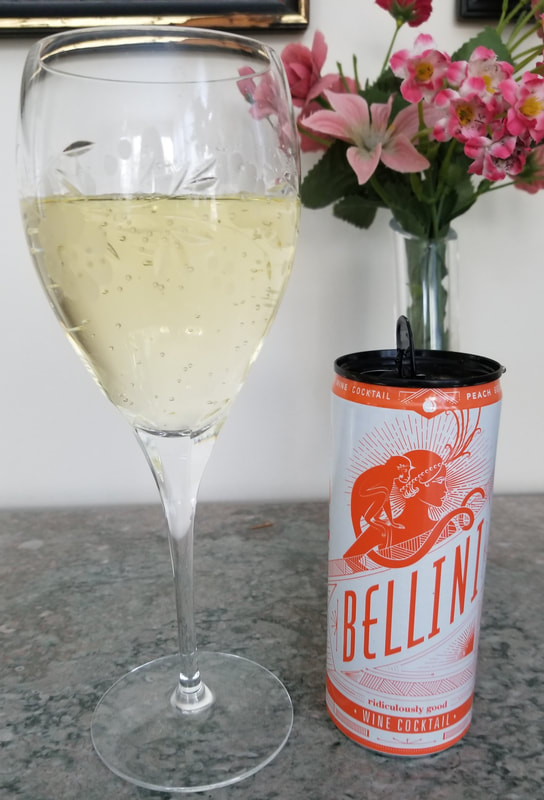
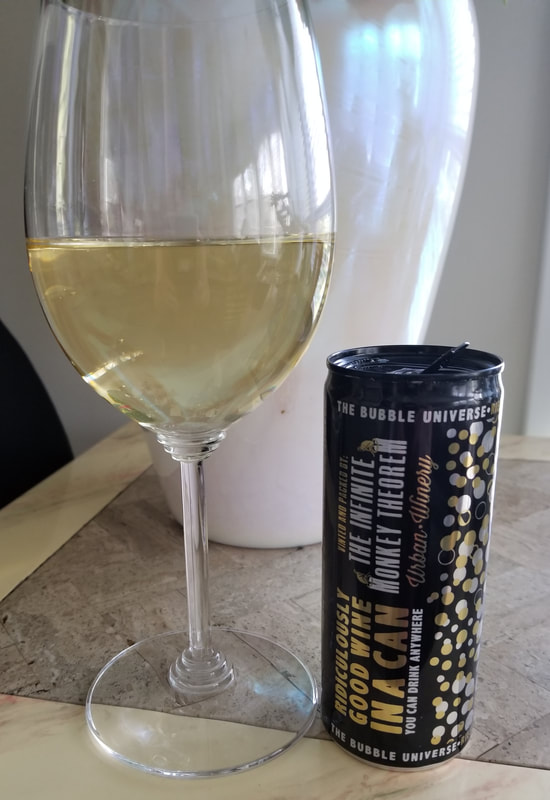
 RSS Feed
RSS Feed